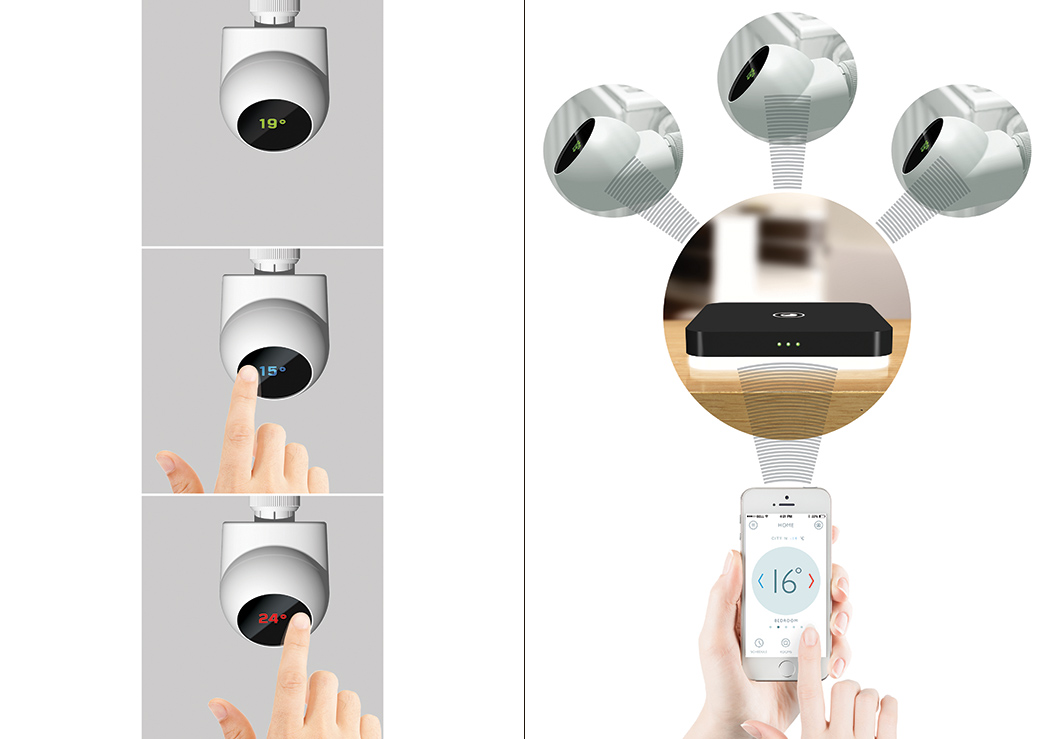
Raise your hands who always has cold hands? There is a solution for that on your desk. There are plenty of small silent desktop heaters on the market available at amazon.com. These devices are though...
My facebook feed, prior to Fb’s shift to personal updates and friend posts, was filled with two things. Gadgets, and cryptocurrency. So it isn’t surprising that this Crypto Heater video popped up in my news feed a while back. I refrained from jumping onto the bandwagon and talking about it until now… because only recently, something struck me. Something rather clever, I’ll admit.
This is the Qarnot QC-1. It’s a heater, but it’s different. It doesn’t just generate heat, it mines cryptocurrency. In fact, the very fact that it mines cryptocurrency is what makes it produce heat. Here we struggle with heated CPUs after opening 15 tabs on Google Chrome, and on the flipside, you have a heater that relies on this very phenomenon. Basically, the QC-1 generates heat for your room as a by-product, but what it really does is mine crypto-coins without having you bother understanding the complicated process of currency mining.
The heater costs $3500 and lets you select your coin of choice and mines it (sending it to your wallet) while heating your room. Here’s where my brain begins working. Why does it cost $3500? For the guys at Qarnot, here’s something I thought you should know. I’m no expert here, but hear me out. You charge people $3500 for a machine that makes money for them. Why not charge them the bare minimum? Enough to cover material, production, and shipping costs… and then give them just 10% of all the currency the QC-1 mines while 90% of it goes to your company as profits.
Yes, there will be a handful of people who will bypass your system and hack the QC-1 to mine coins for them… but a large part of your population probably won’t. In fact, you’re more likely to sell more units at a lower price point… and mint a good 90% of profits from all those heaters. You’re offsetting the risk on the average consumer too, who probably knows how much values fluctuate. They’ll just be happy they got a reasonably priced heater that generates them some cash for them every now and then.
This entire premise is, however, heavily dependent on crypto-coins holding their value. Which they aren’t at the moment. I know. I’ve got a few hundreds lying about. Let’s hope they pick up in the future? And as for my brilliant billion-bitcoin idea… any investors out there interested??
Designer: Qarnot Computing
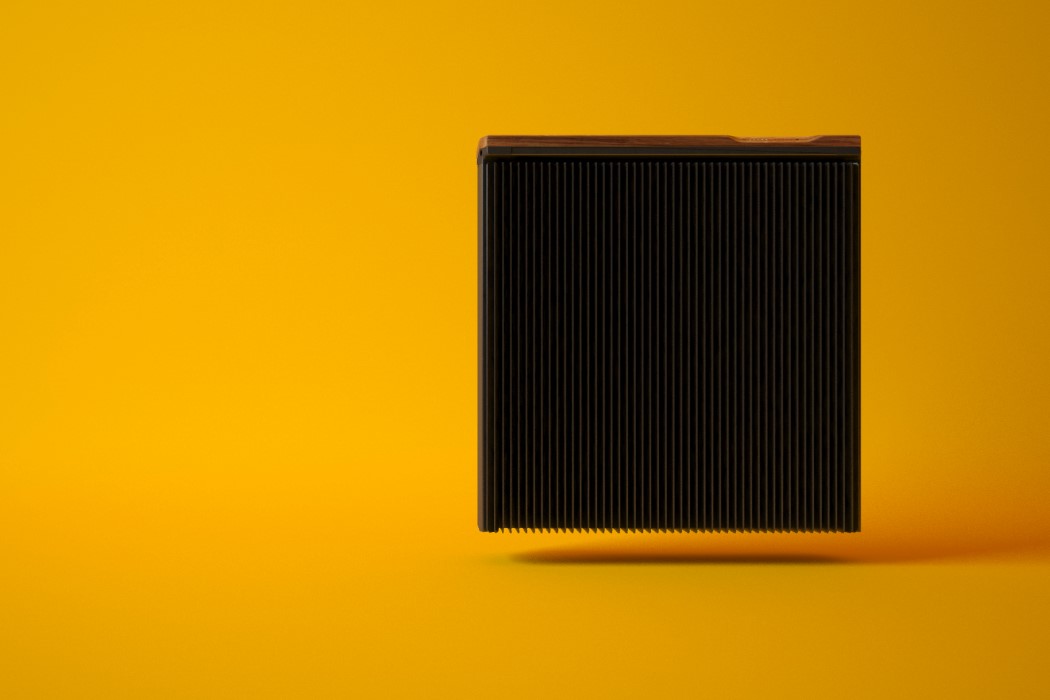
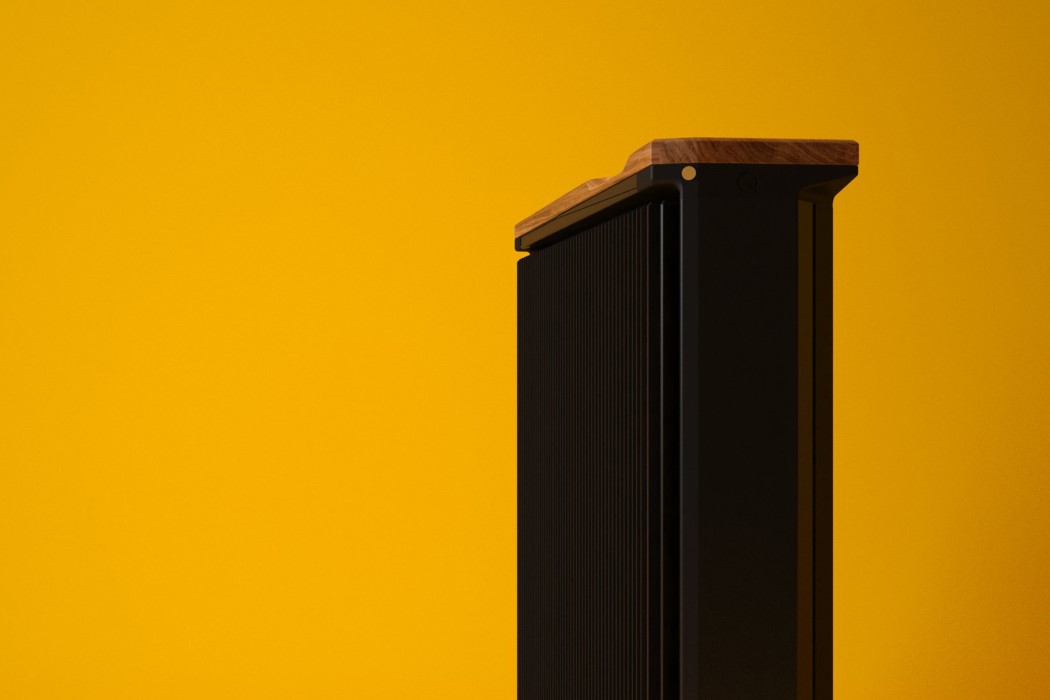
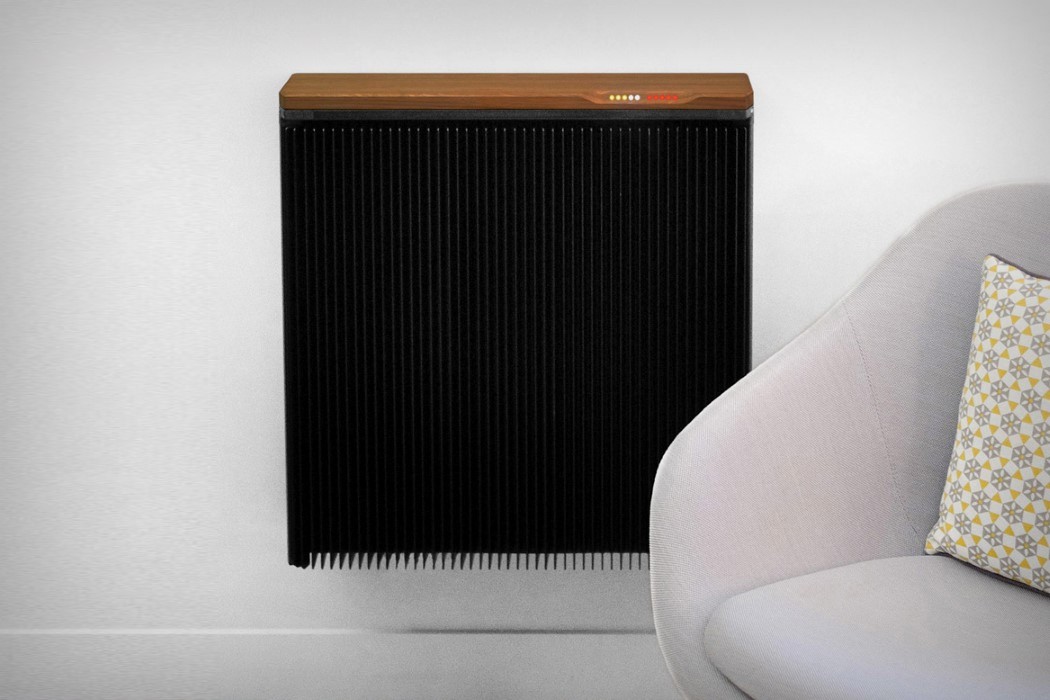
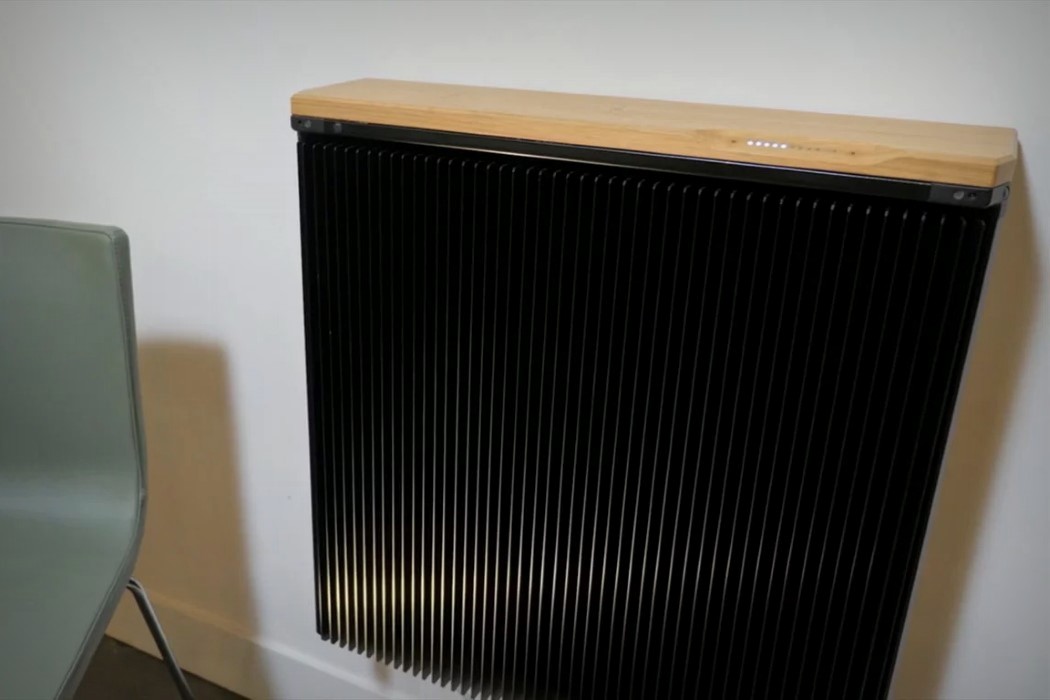
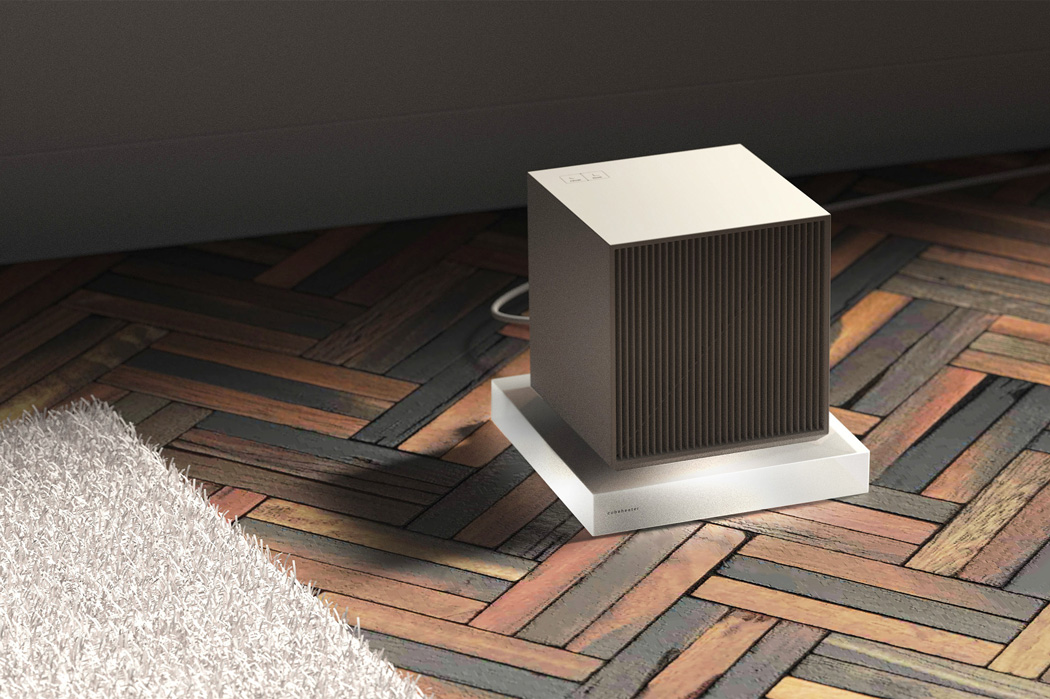
Space heaters are definitely popular out here in Chicago, with it being constantly cold outside that comes as no surprise. It would appear as though quite a lot of people are conscious of having one in their living space that doesn’t fit the aesthetic of the room and for that reason alone will have their guests suffer. Thankfully Jang Junyoung is to the rescue with his Cube Heater.
Embodying the minimal South Korean aesthetic, Cube Heater has a rather simple and clean design aesthetic with some carefully chosen CMF decisions that accent this gorgeous product. From the dimple where the power enters the product to the polycarbonate plinth the space heater sits on – the Cube Heater is a welcome addition to any living space.
The Cube Heater needed an effective visual indicator because of course, the light from the hot wire cannot physically pass to the outside of the device. Jang used a single LED but thought about how we could verify the operation in different directions and angles. This lead to the elegant yet simple addition of the cloudy plastic base. This is why the Cube Heater is wonderfully simple, the upper cube is a structure that can generate heat, and the lower cue is a simple structure without any device – South Korean design at its finest.
Designer: Jang Junyoung
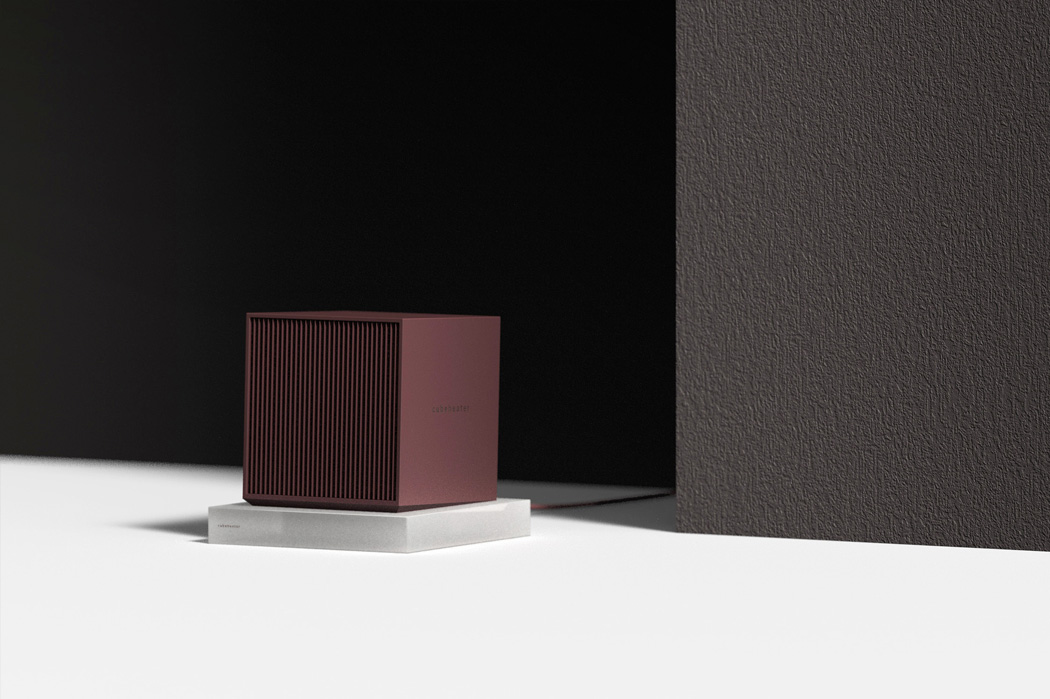
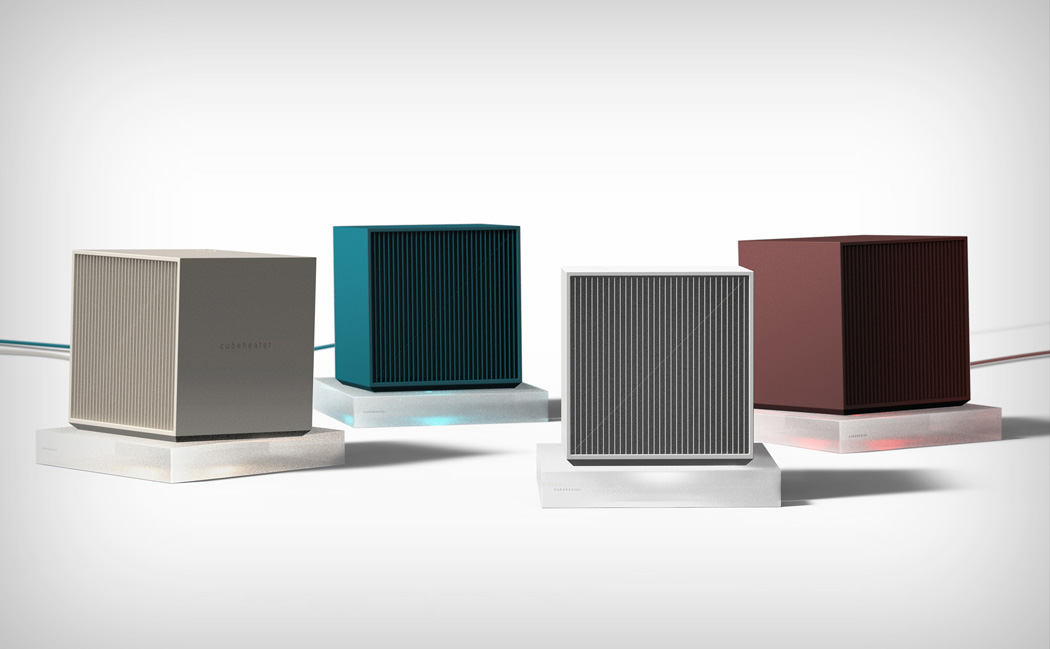
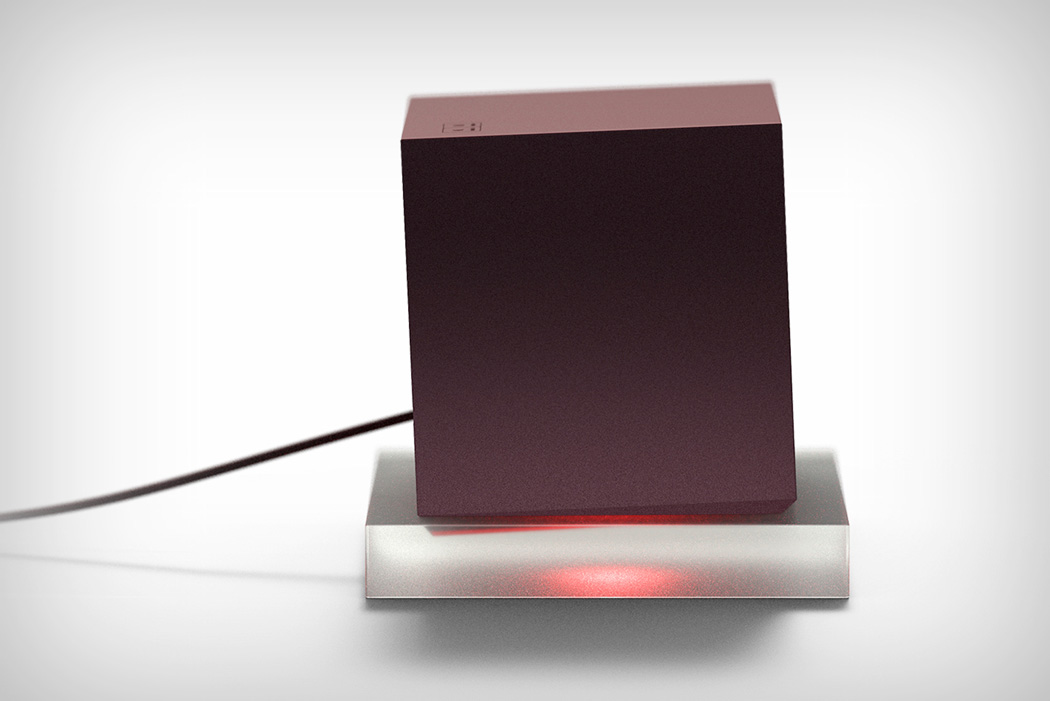
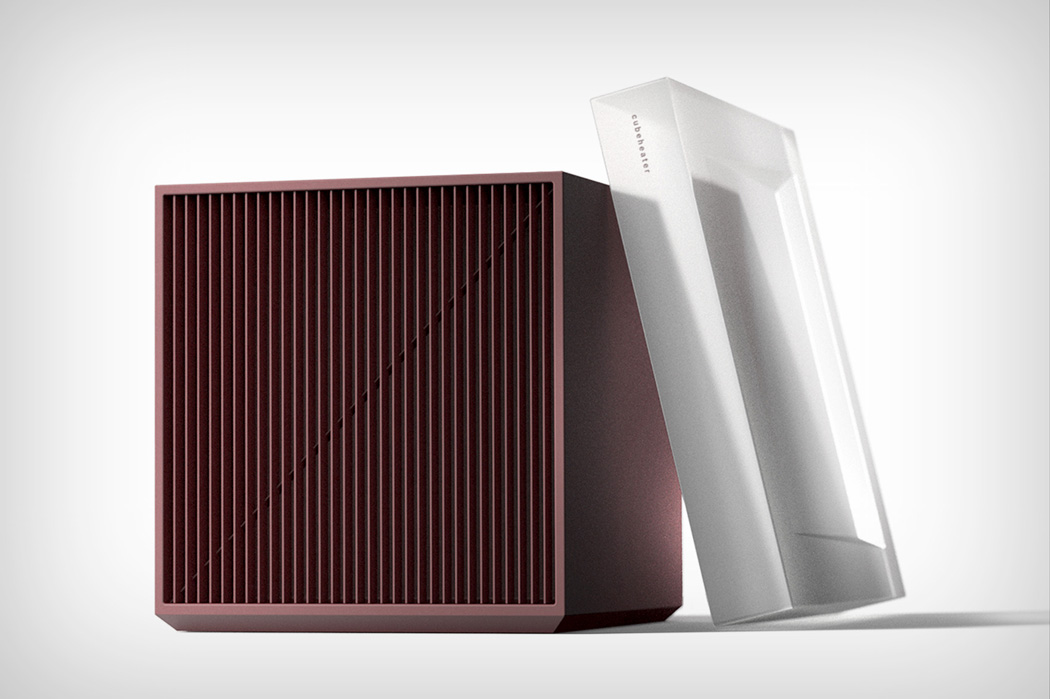
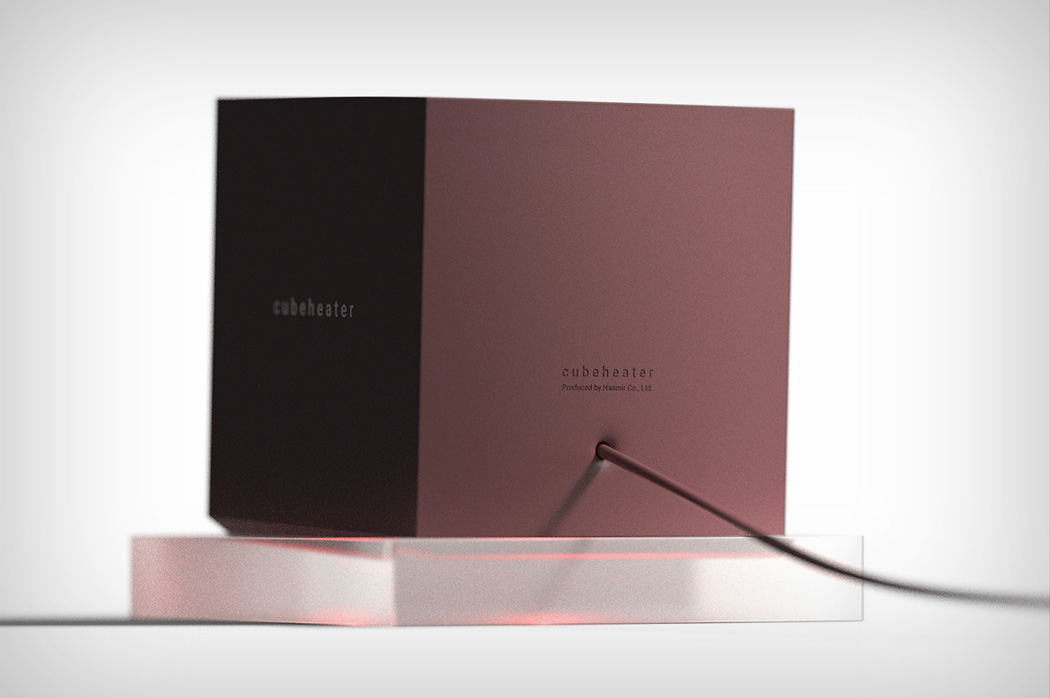
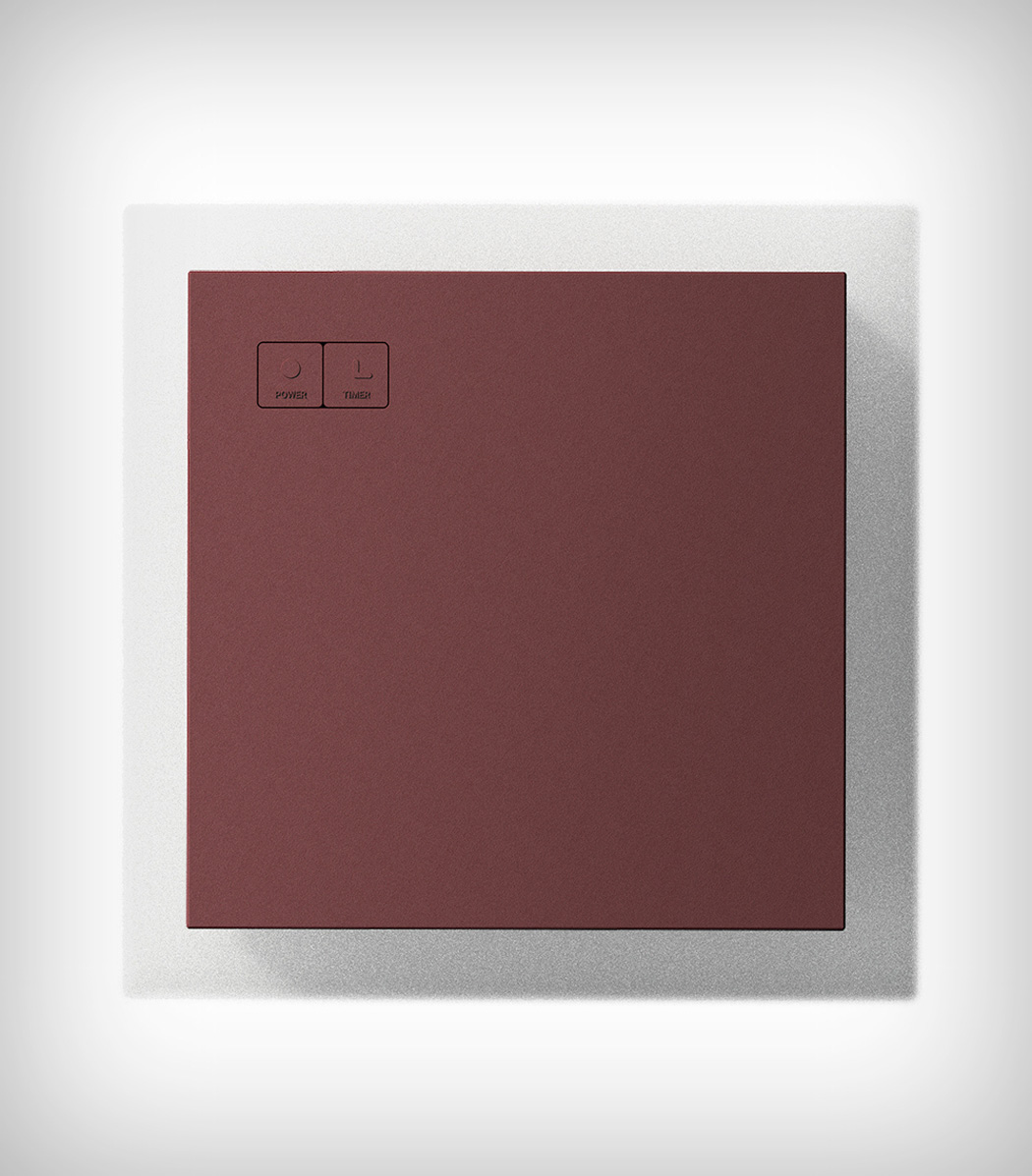
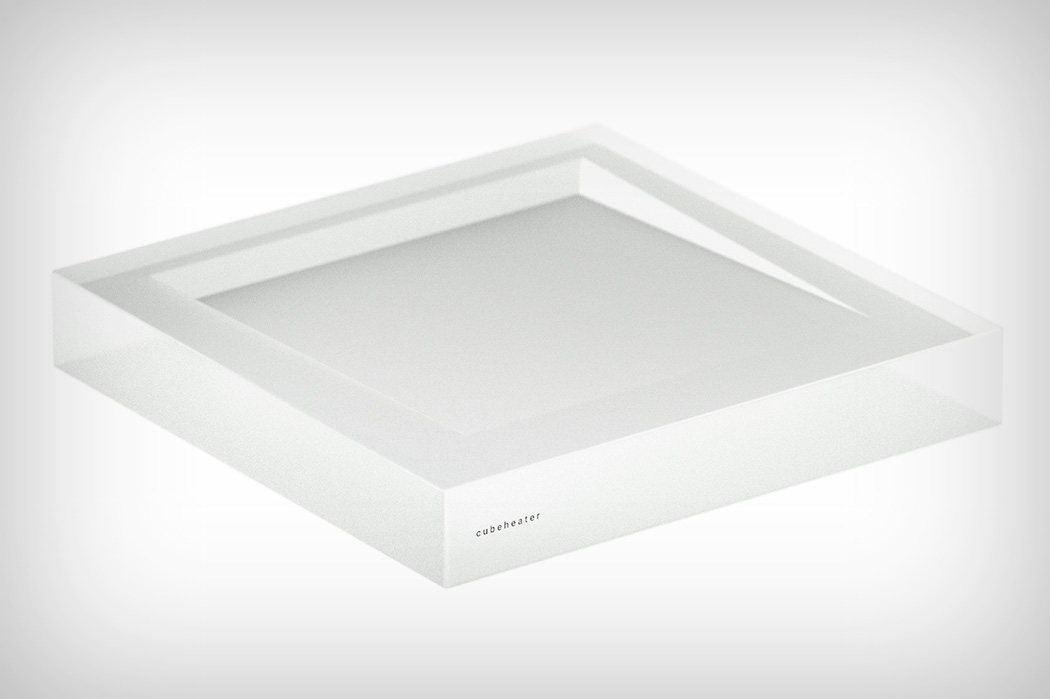
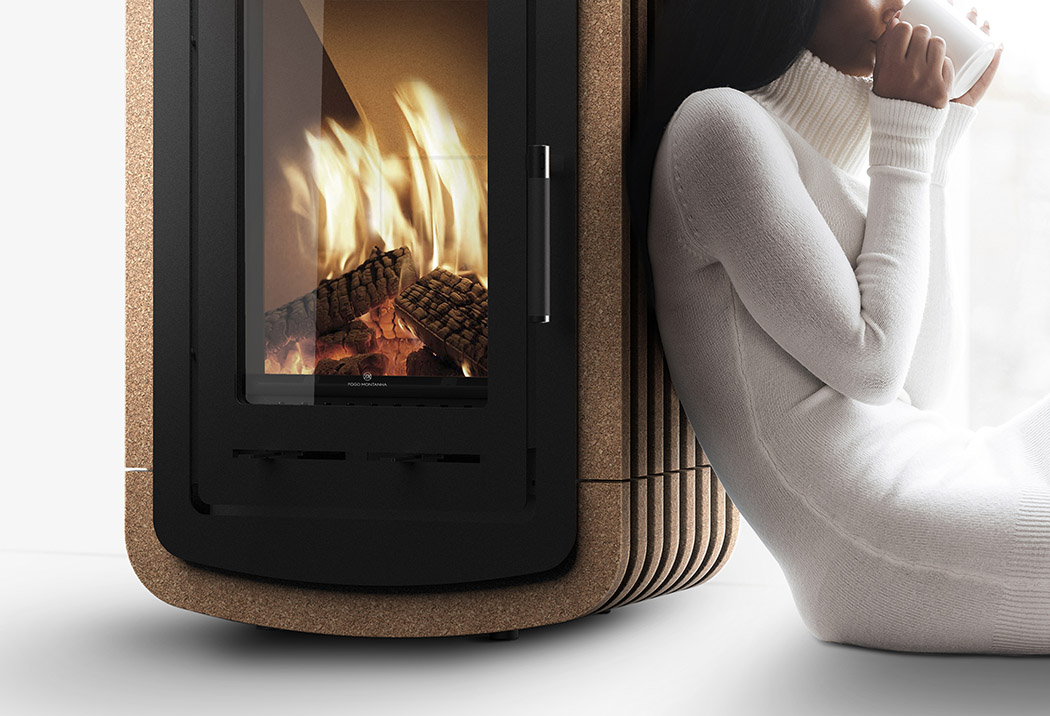
It’s one thing to feel the warmth of a fire from a distance and something entirely different to touch it. That’s the idea from Natura, an innovative stove and winner of a 2017 RedDot Design Award.
The main body of the stove is composed of steel with cork profiles placed and fixed to its structure. These profiles are separated from the steel structure to prevent the cork from darkening over time. Aesthetically, it’s reminiscent of vintage steam radiators only with a modern material twist. The cork material also does double-duty as a security layer, allowing users to safely touch and feel the wood stove.
Designer: INNGAGE
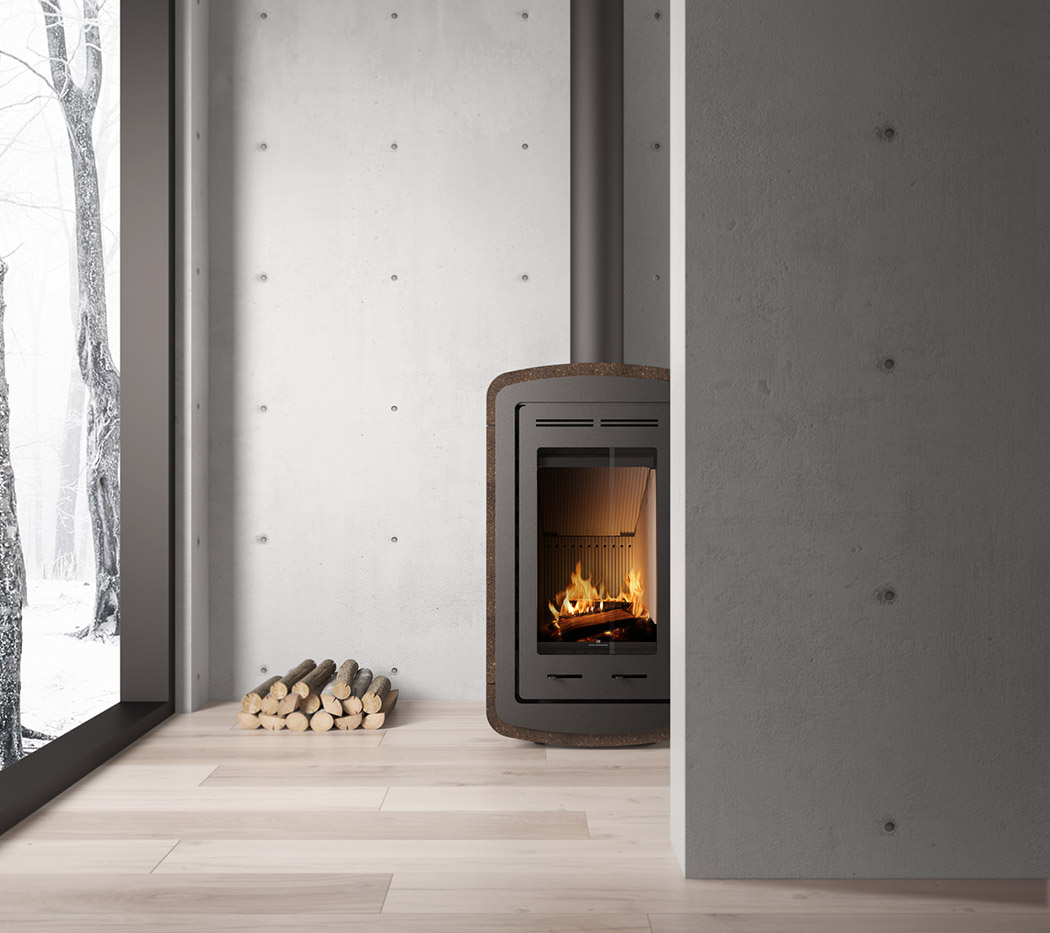
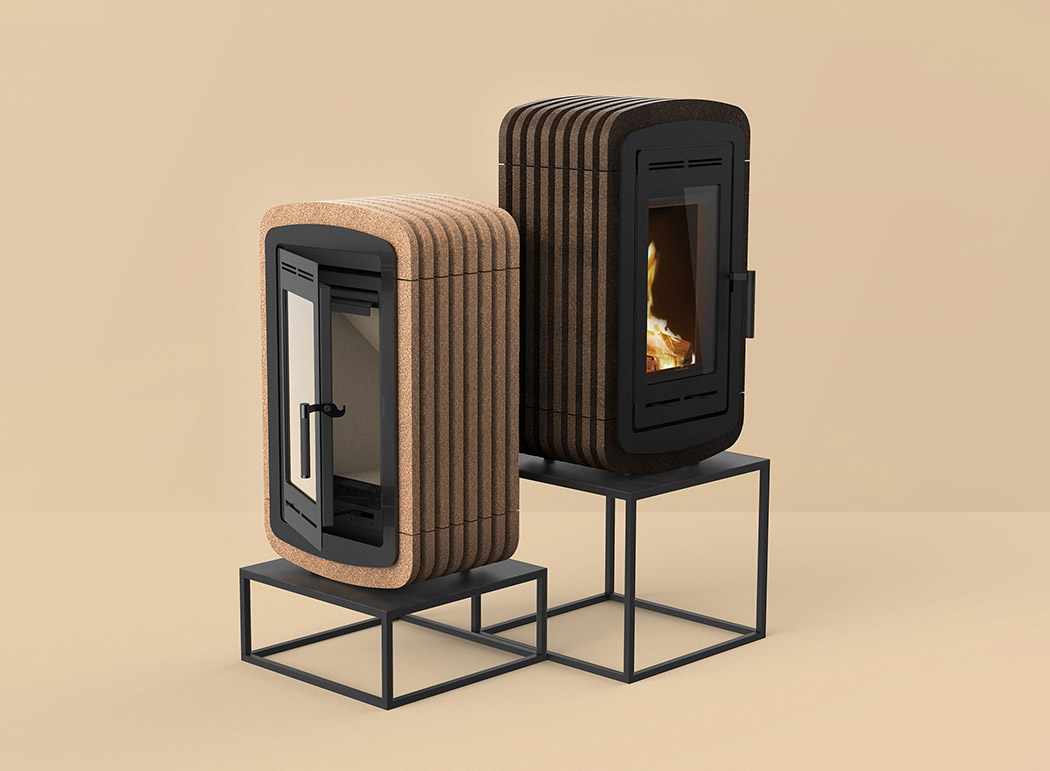
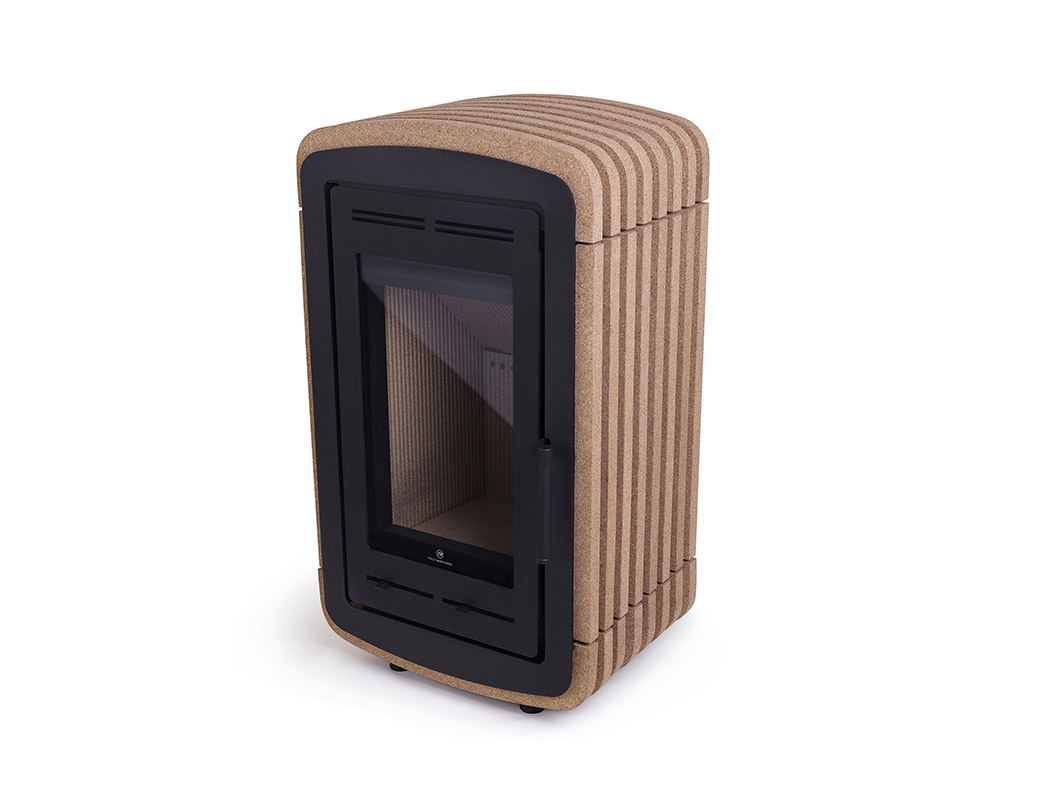
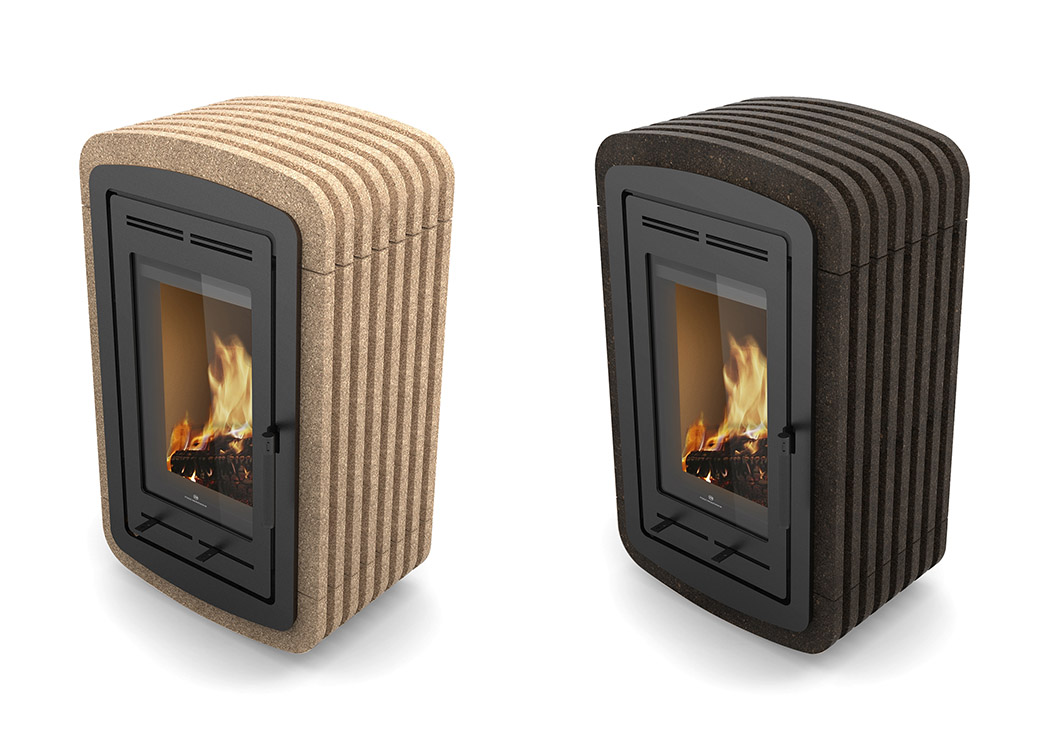
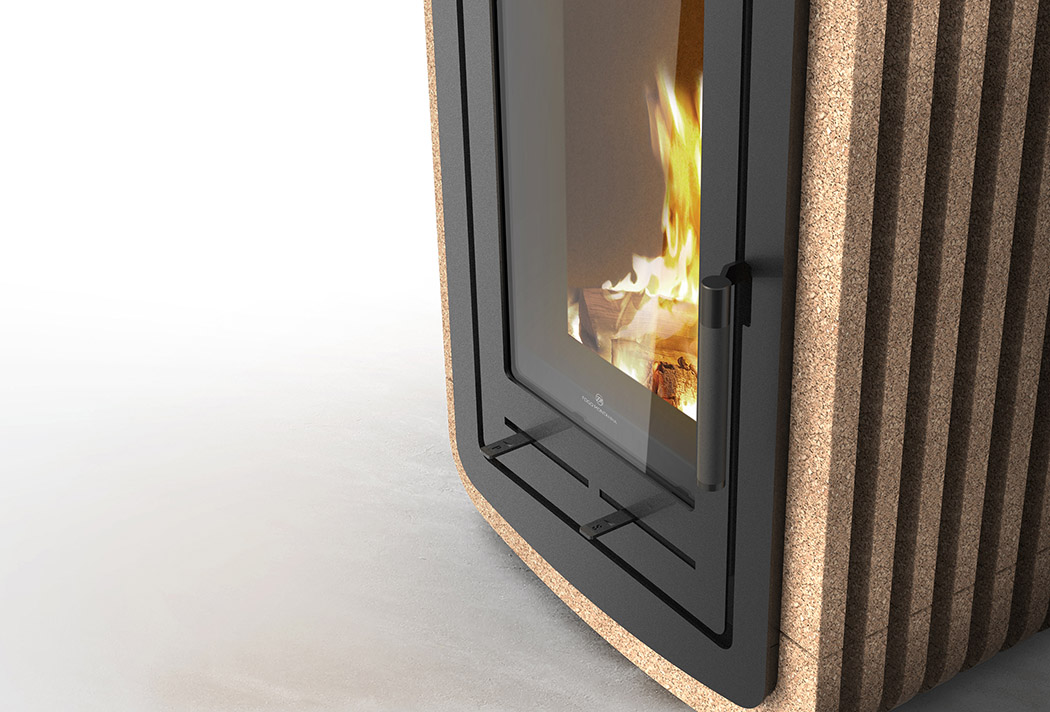
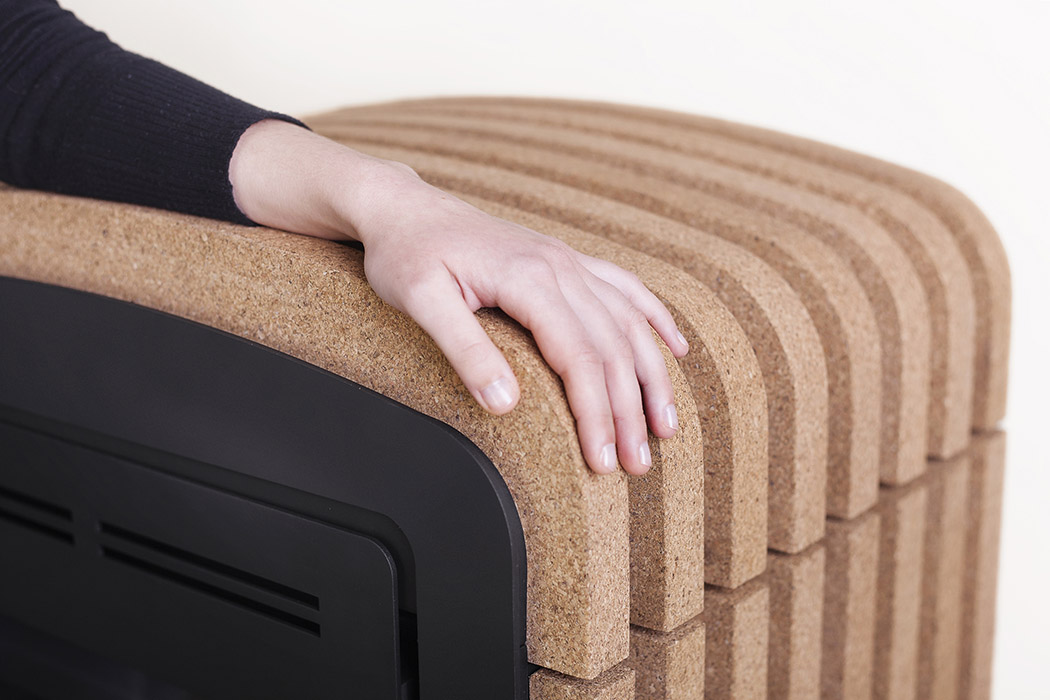
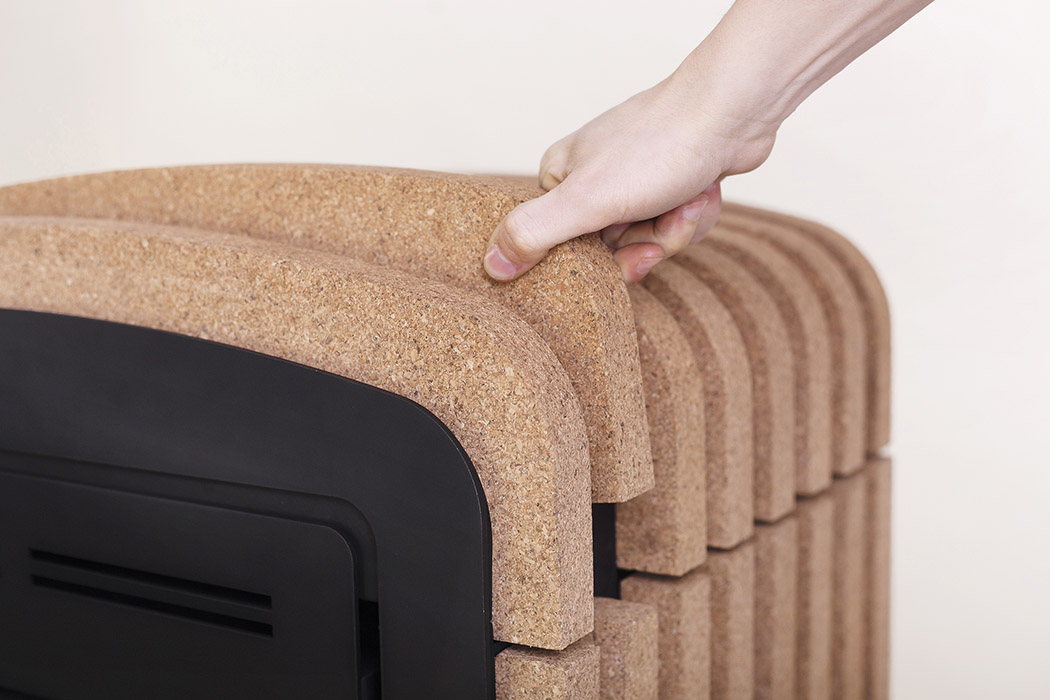
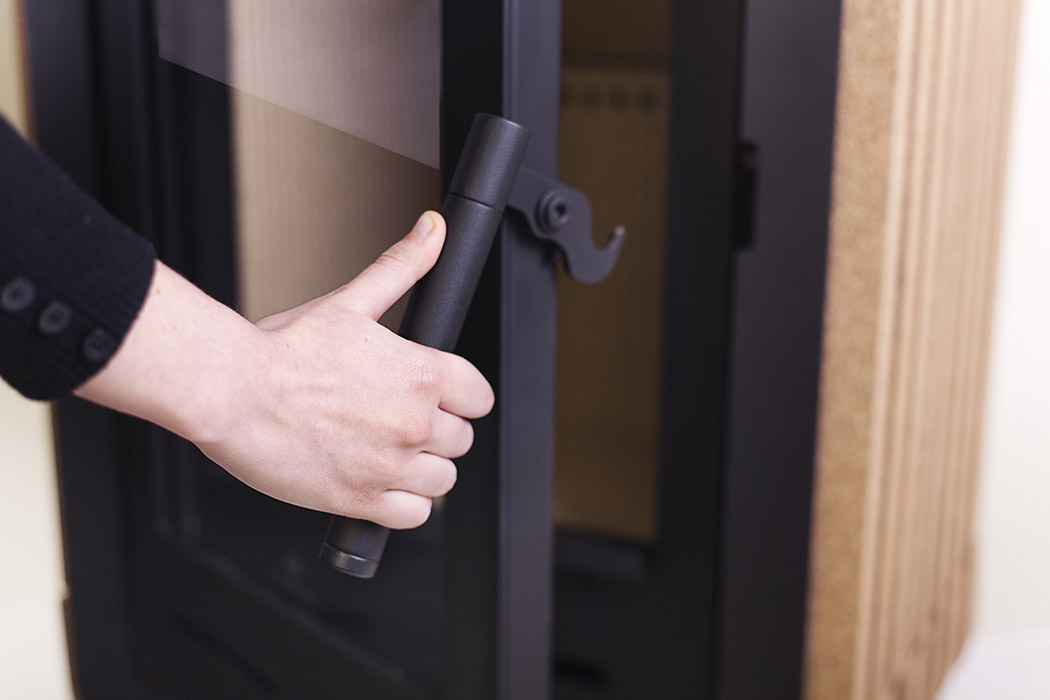
The thing with living in Colorado is that it tends to be cold for a lot of the winter. I don’t like to spend a lot of money on utilities, so I like to run the heat as low as possible. It also seems that even when it’s freezing in the house, my wife is complaining about how hot it is as she sits under the heated blanket with sweatpants on. Get out from under the blanket you say? That won’t work because it’s too cold then.
What that all means is that I end up in the cold frequently, and while I could resort to my own heated blanket, I’m by god not using a blanket when I don’t want to. Such is the power struggle in my house. Then I saw the Egloo. This thing claims to be able to heat a room using just three tealight candles.

The guys behind the Egloo sent me a sample to check out, and at first glance it sort of looks like someone broke grandma’s old terracotta planter. The works consists of four pieces including a terracotta base where you place the three candles, a wire rack that sits atop that base, a small inner dome, and a larger outer dome. That inner dome has a large slot opening and the top base dome has a hole in top.
I was very skeptical that three candles could produce any meaningful amount of heat, but it certainly does. The way the Egloo works is the candles heat up that inner dome that sits on top of the wire rack. The outer dome eventually heats up, significantly mind you.

It doesn’t get hot enough to set things on fire, but it does get hot enough to be uncomfortable to place your bare hand on the outer dome. As the candles burn, the outer dome continues to radiate heat and it most definitely will heat a small room.

My living room is very large and ties directly into the kitchen and dining room with no walls. I placed the Egloo on the table beside me, fired up the three candles and waited. After about ten minutes of burning, the outer dome was very hot to the touch and the heat radiating warmed my area up perfectly to kill the chill. I can only imagine in a smaller space the heat produced would make even more of an impact.
In fact the Egloo produced enough heat that about 20 minutes into the candle burning that my wife started to complain it was too hot. My suggestions that she turn off her blanket fell on deaf ears. I burned the heater three times for about 30 minutes each time on a single set of candles, but your mileage may vary.
The instructions did say you can also use scented candles if you want, and it says to never use more than three candles. Four or five would fit, but you don’t want to break something, or cause your wife to complain any more than needed.

The idea of heating a room with tealights may seem far fetched, but the Egloo really will produce enough heat to warm rooms with only three candles. My Egloo came in raw terracotta, but you can get it in black, red, and several other colors. The natural color Egloo sells for about $65(USD) over on their website, and the colors are just a few dollars more. It’s a very inexpensive way to heat a room and makes quite the difference. This might be the perfect space heater for that person in your office who is always freezing.
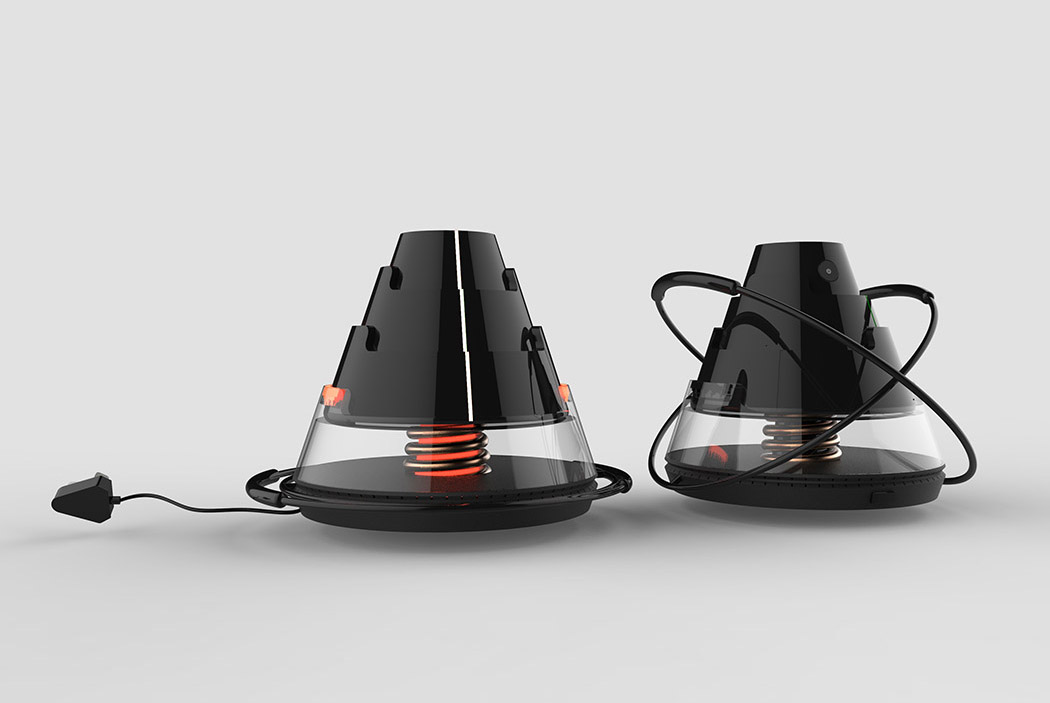
LAVA, named after its volcano-inspired shape, is a must-have for anyone who loves wintertime camping. Unlike gas heaters, LAVA utilizes safe and efficient induction heating technology to keep you and friends toasty! This also makes its modular design possible. Consisting of a compact base with 3 stackable units, it can be used as one standalone system to heat your entire tent, or divided into 4 separate heating entities to warm dedicated spots, or simply to share with other campers.
So that you don’t have to interact directly with the potentially hot product, the LAVA comes with two handles that almost give it an atomic nucleus with electrons zooming around sort of appeal. It even comes with a rather nifty telescopic channel on the base that collapses inwards, allowing it to occupy lesser space when stored separately. Absolutely LAVA-ing it!
Designer: Yulan JU
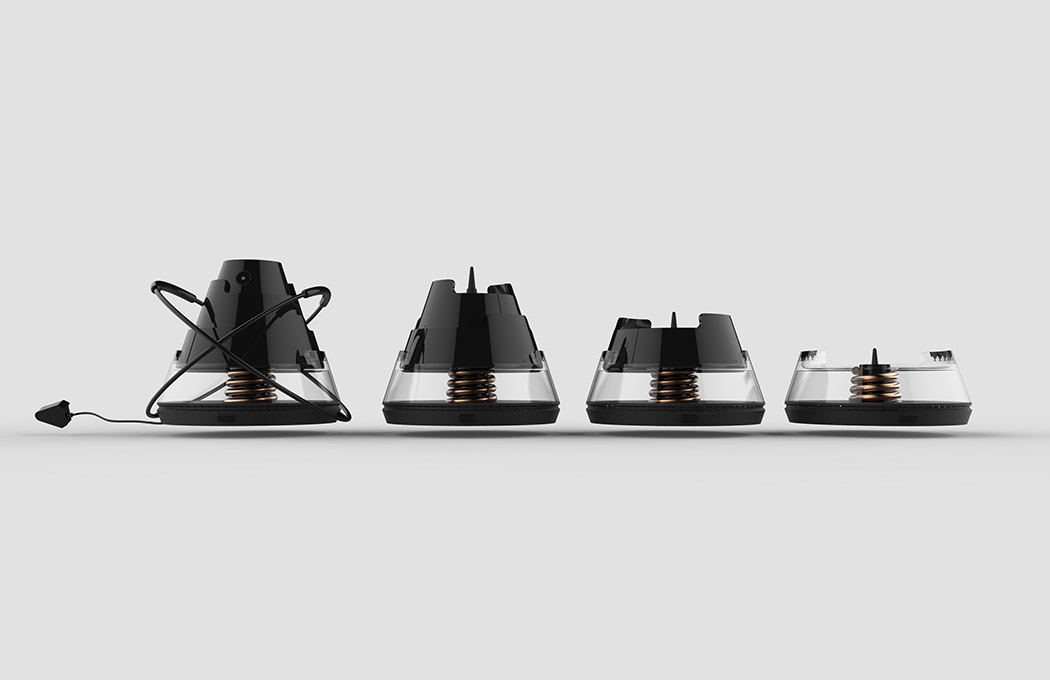
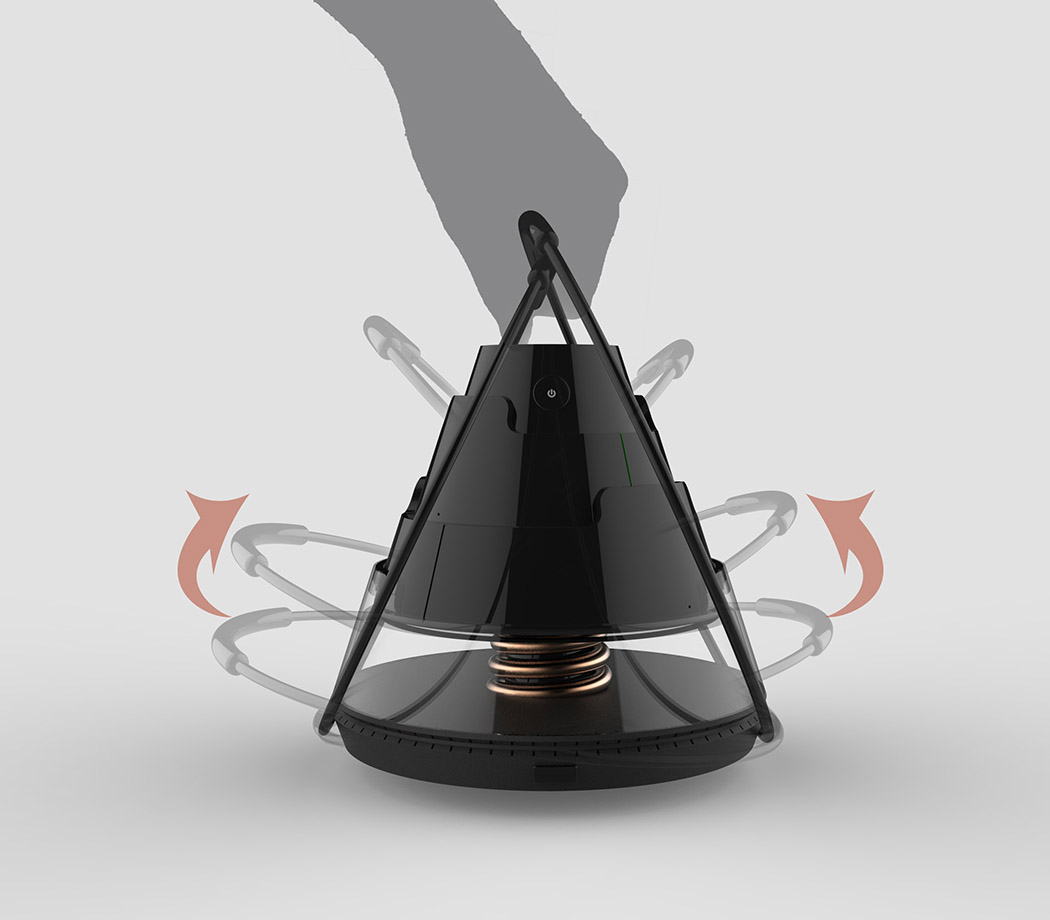
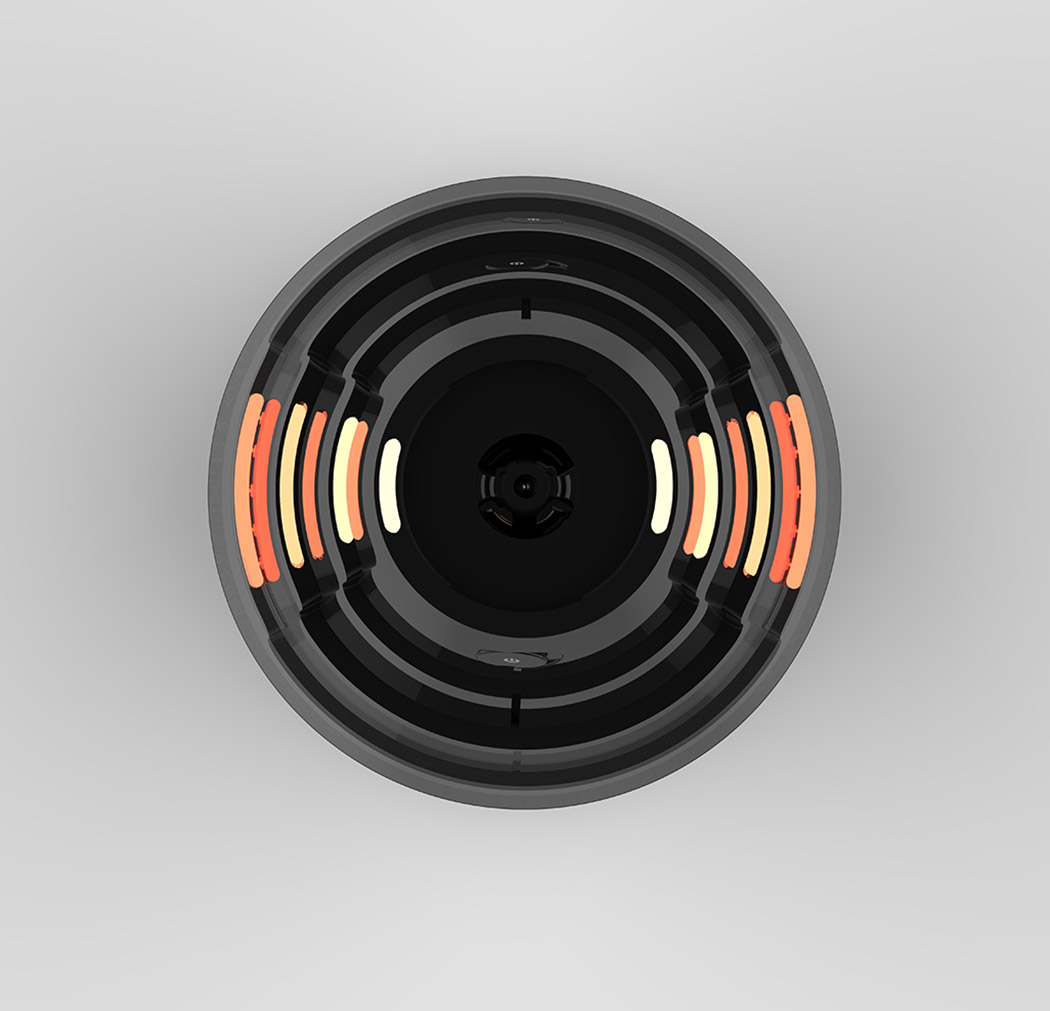
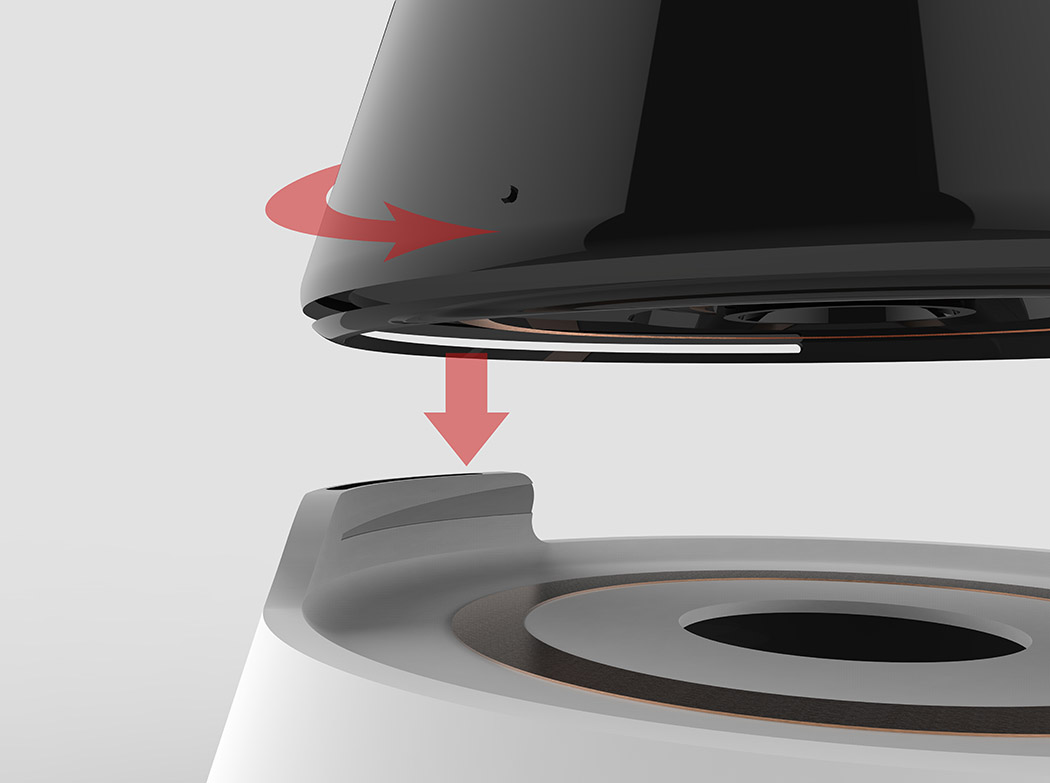
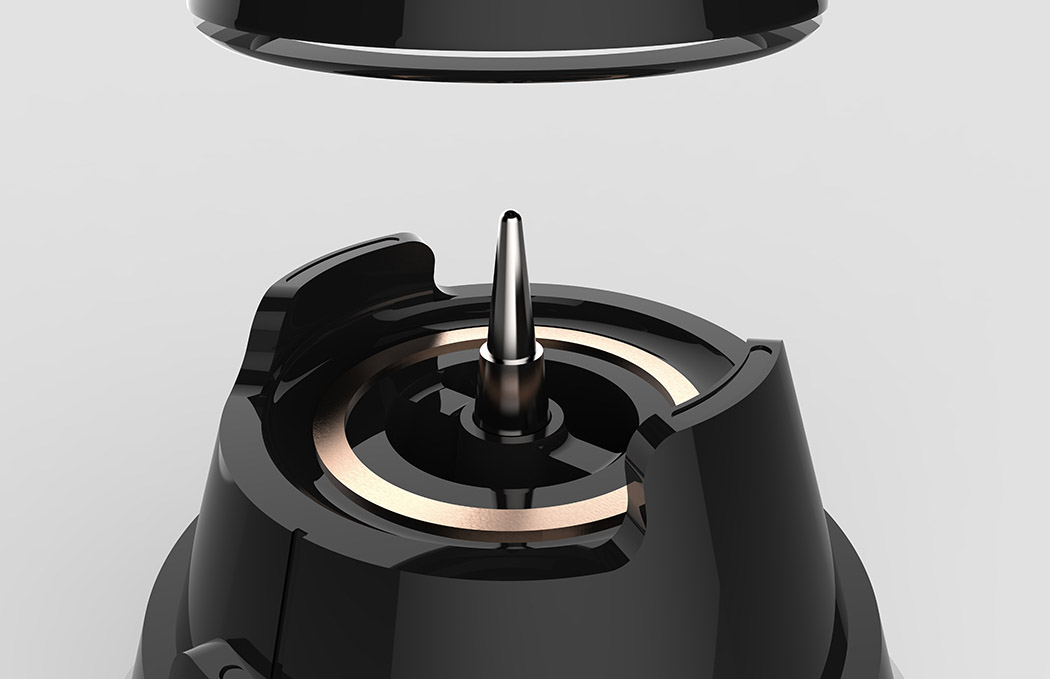
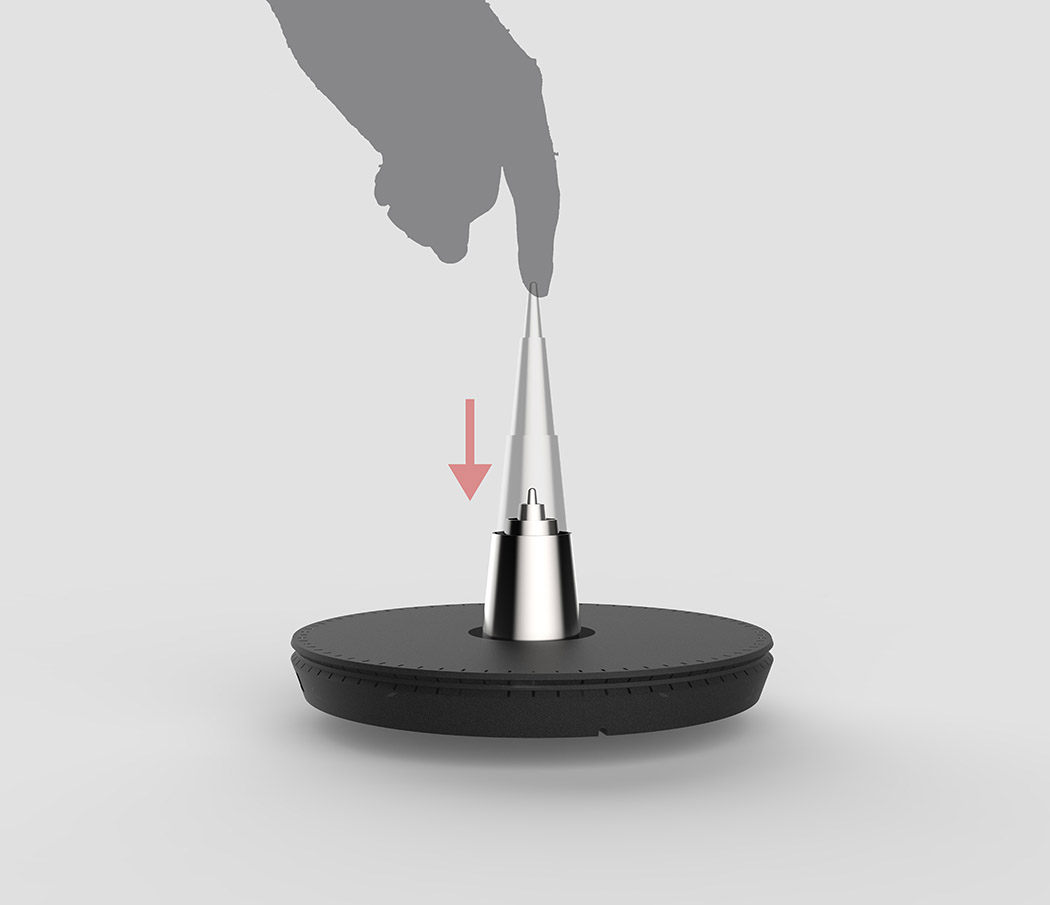
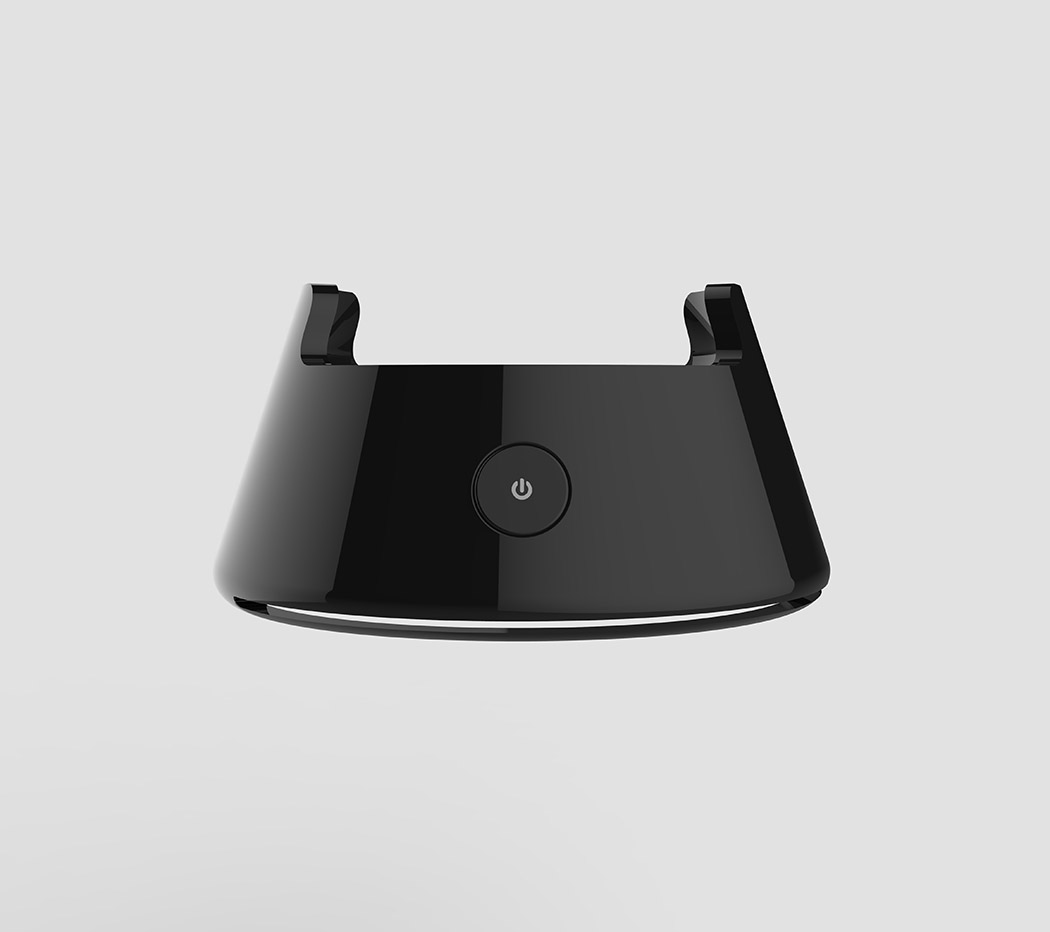
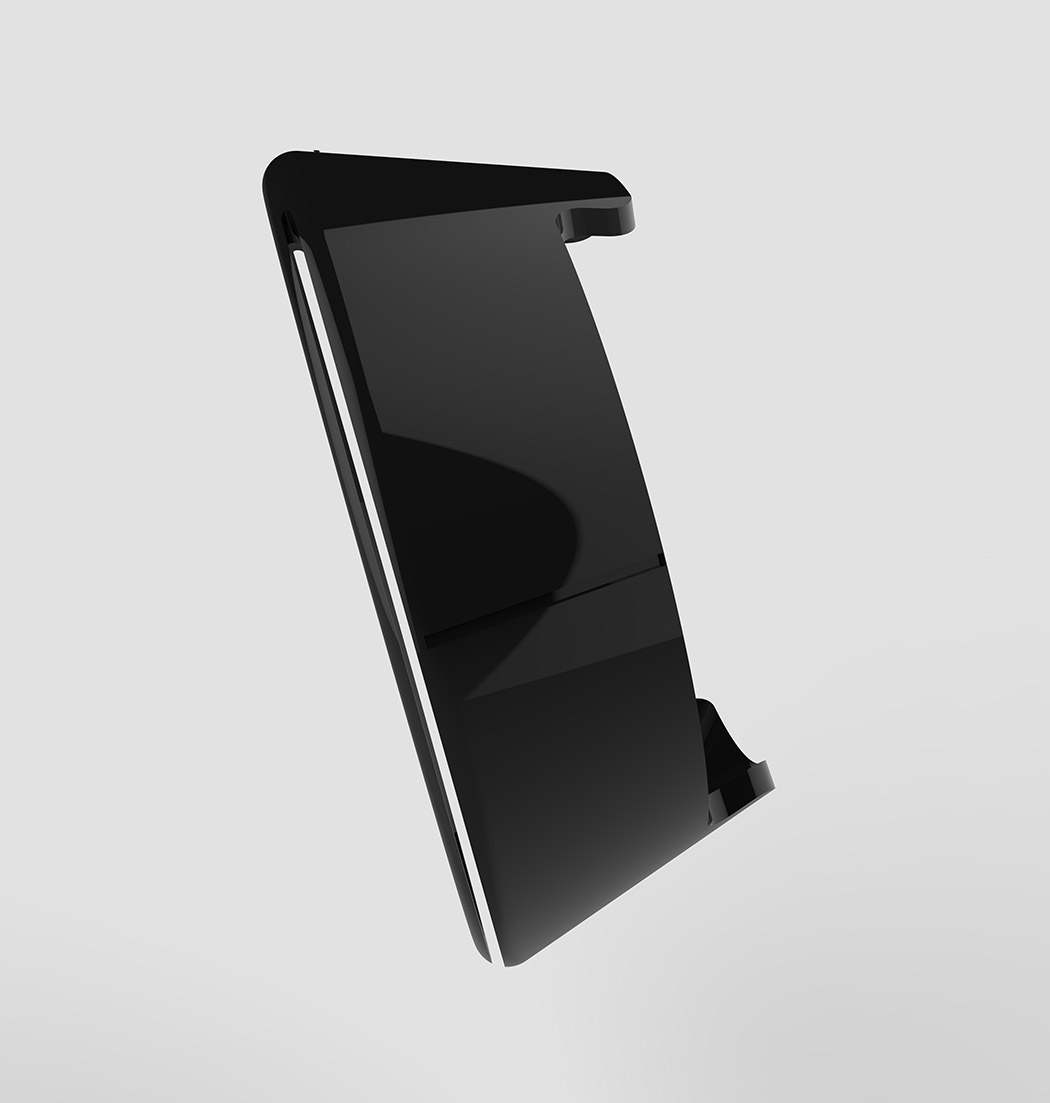
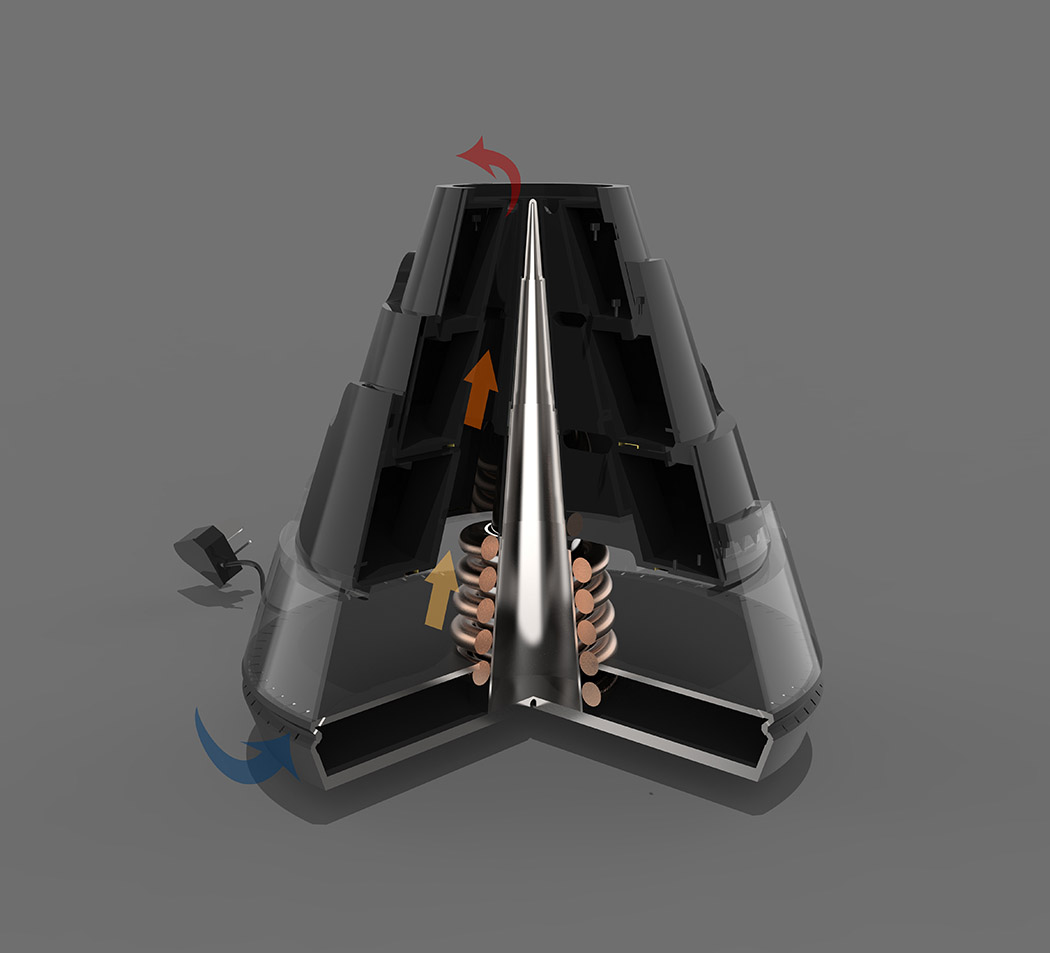
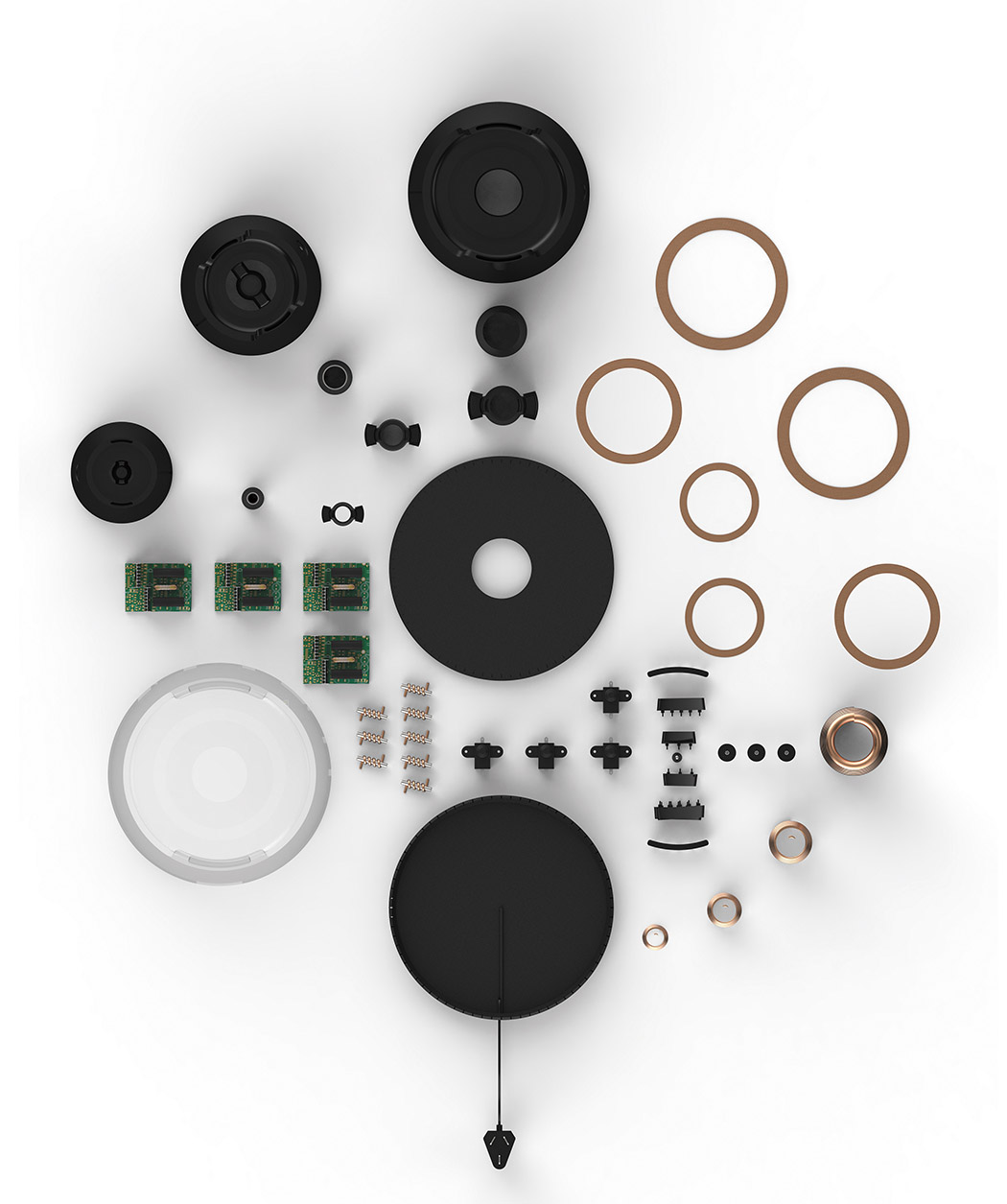
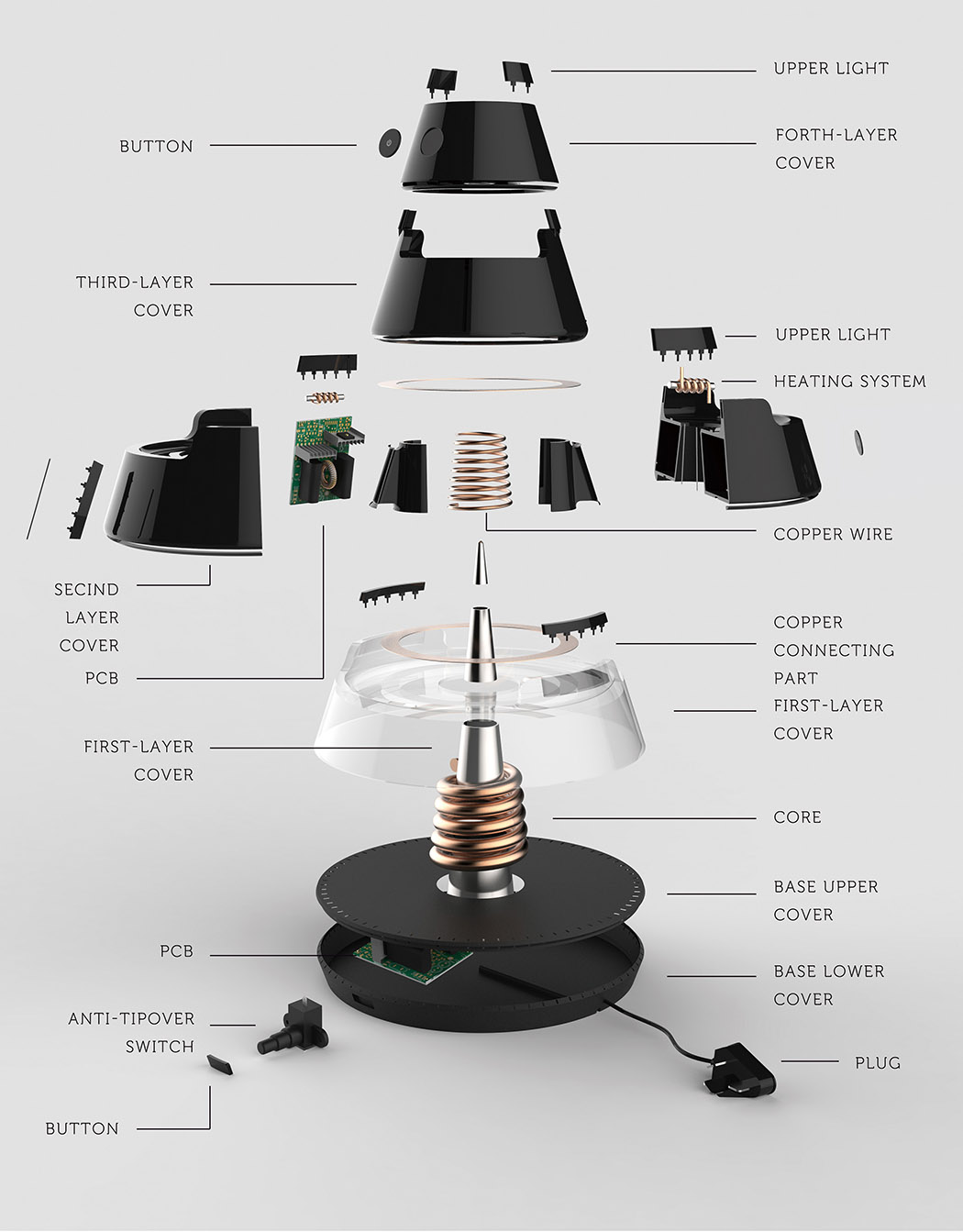
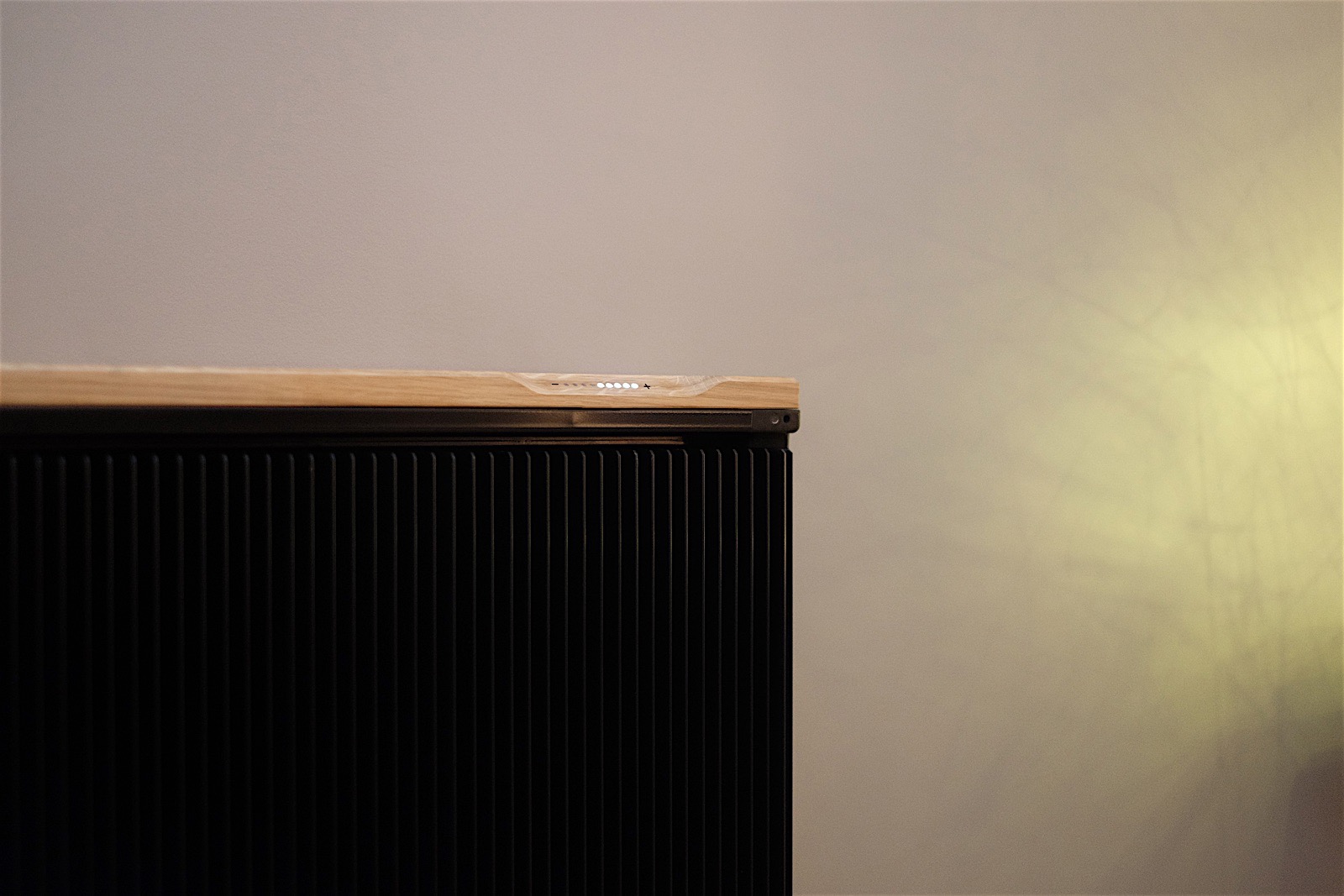 Anybody with a desktop tower (or a laptop running Chrome) knows how much waste heat processors can throw off during the course of their computing. Typically that heat is simply discarded, shunted from the processor's surface through a complex series...
Anybody with a desktop tower (or a laptop running Chrome) knows how much waste heat processors can throw off during the course of their computing. Typically that heat is simply discarded, shunted from the processor's surface through a complex series...
DI5 QFlow, Caloventor ecológico from Roque Federico Dorfman on Vimeo.
Nothing’s an energy suck quite like a central heating system. The QFlow heater, however, aims to provide spacial heating specific to your personal area as an economic and eco-friendly alternative.
QFlow can warm your personal comfort zone or an entire room all without gas or electricity. The design utilizes a hybrid system of pot-in-pot heating and liquid glycerine to create radiant heat. The high temperature difference between the inner hot pot and the cool air of the room (known as the Seebeck effect) feeds two peltier cells hidden in an aluminium dissipator. This generated energy is enough to activate a low speed fan to direct heat where it’s needed. The flame is fueled by liquid glycerine, which is easy to get, affordable and very long lasting.
Additionally, once the temperature is enough to make the fan work, the thermal paint of the logo will change from white to red, indicating to the user that it’s hot and working.
Designer: Federico Dorfman, Agustina García, Alejandra Hanashiro
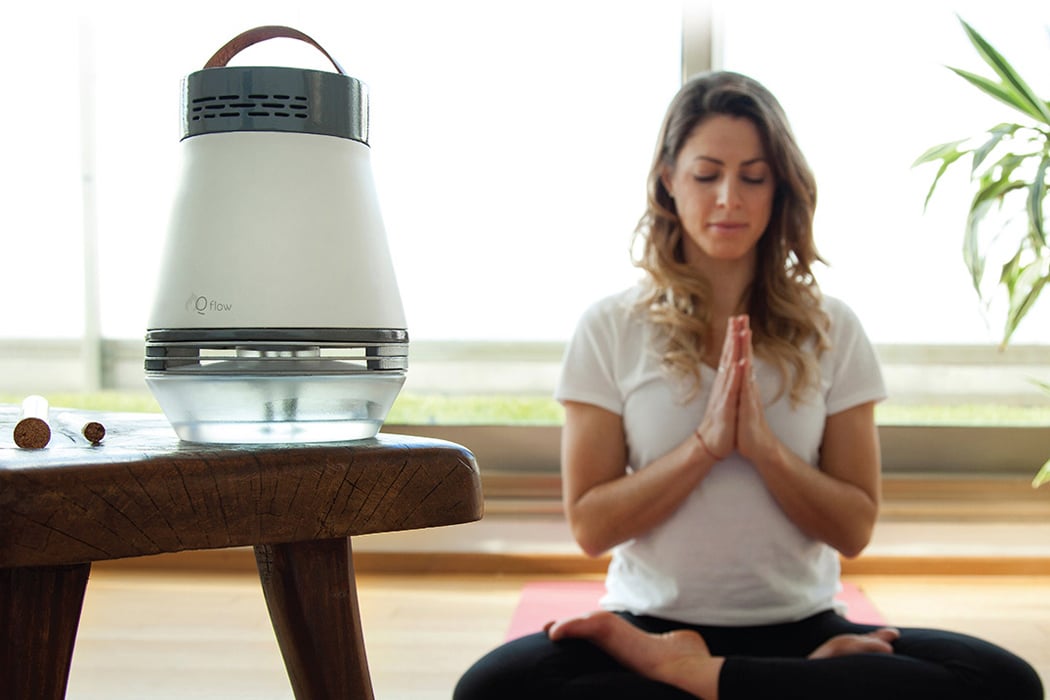
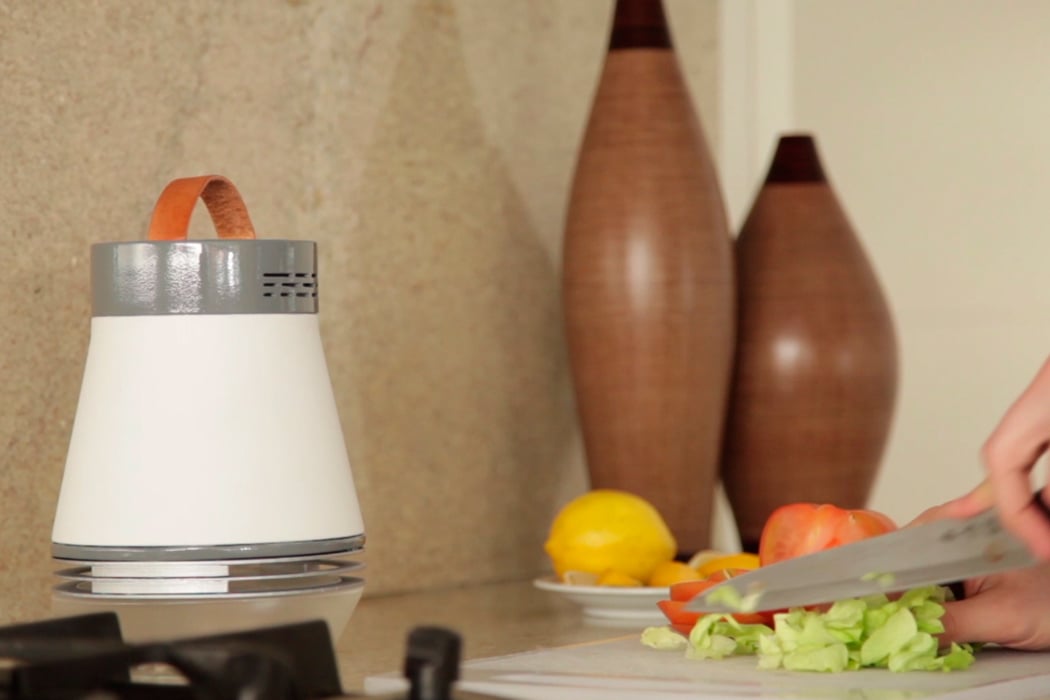
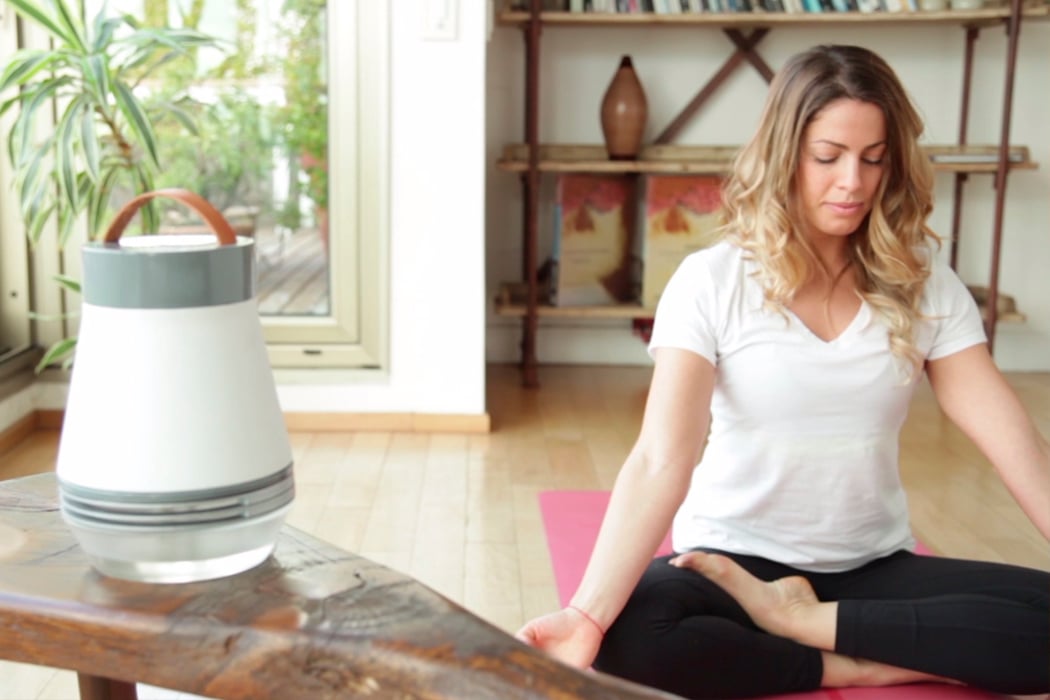
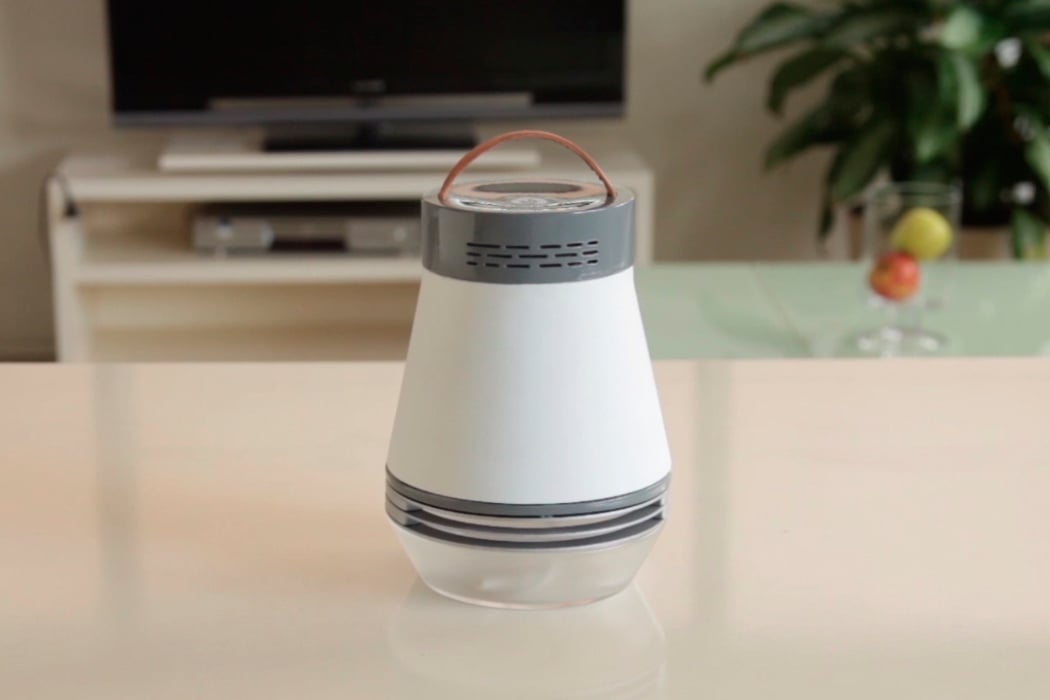

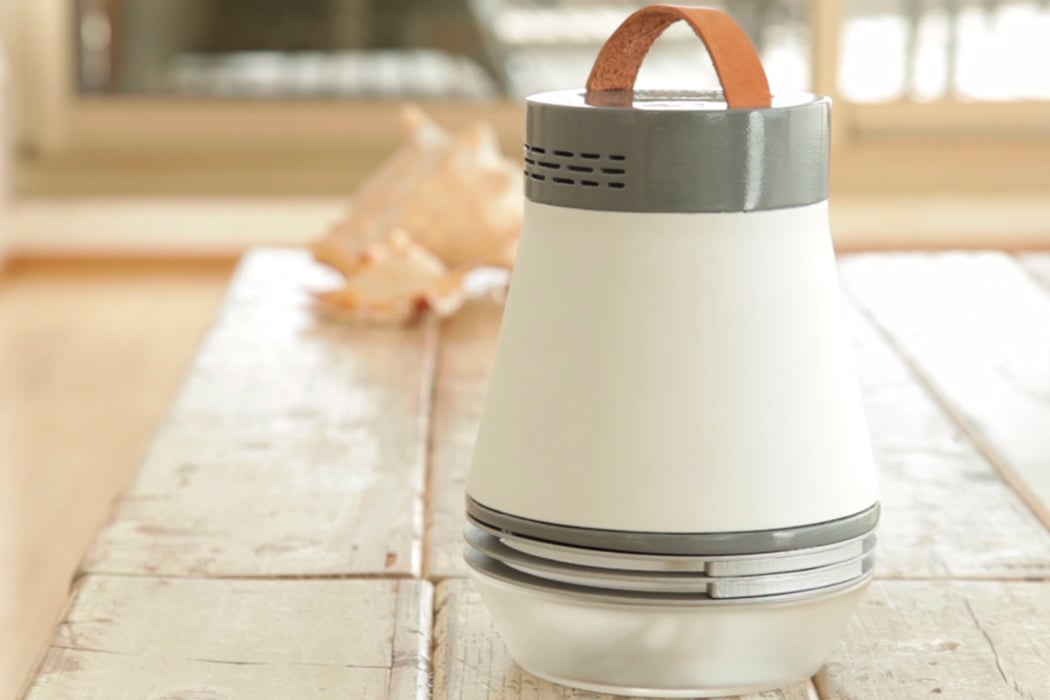
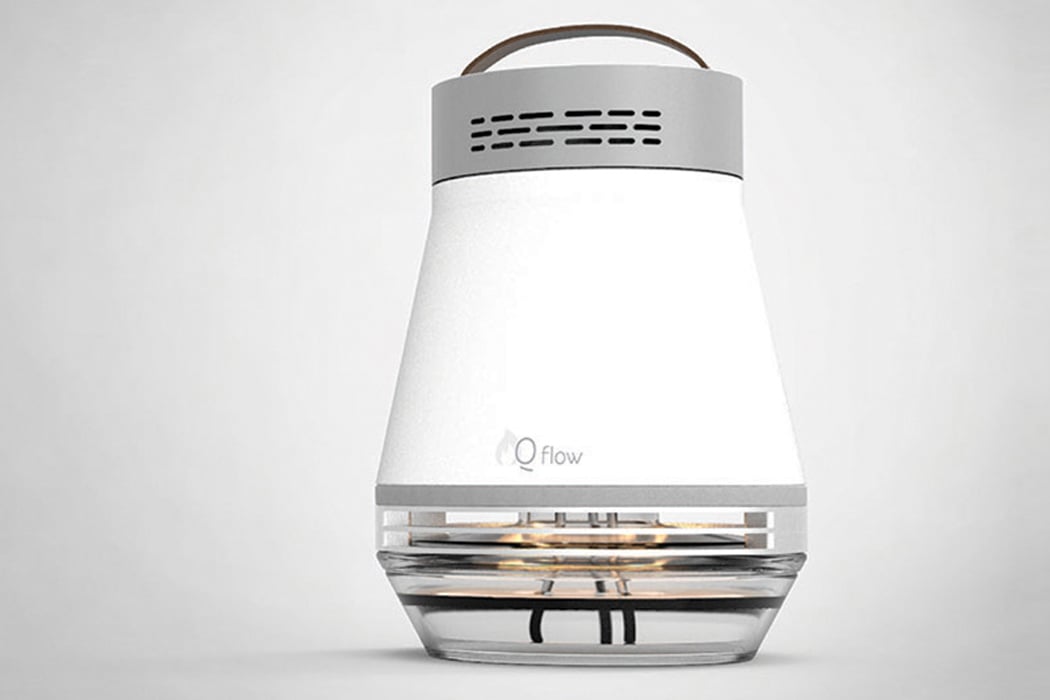
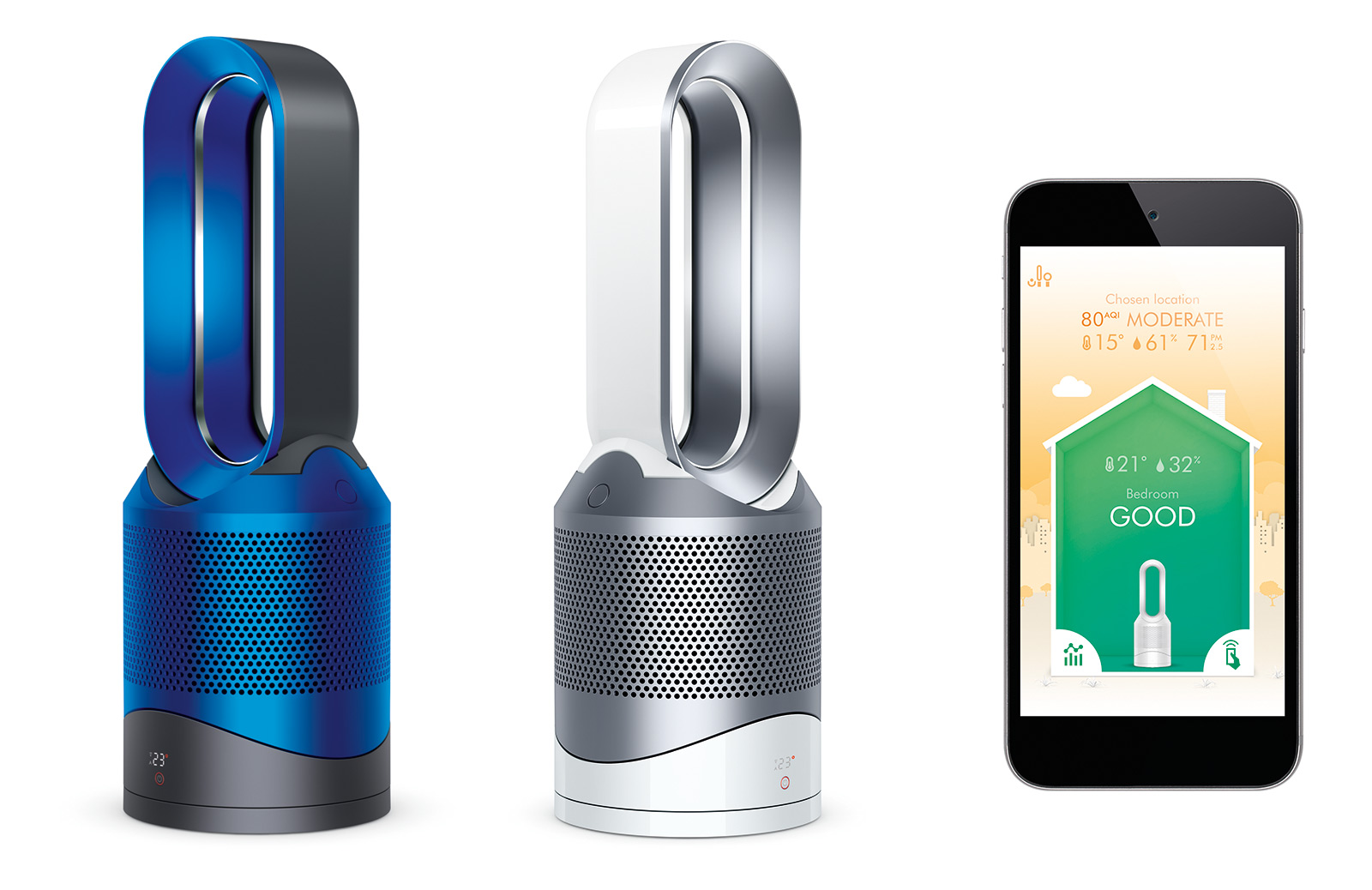 Dyson has expanded its lineup with The Pure Hot+Cool Link, a very expensive WiFi enabled fan that combines all the features of the Dyson Pure Hot+ Cool fan and Pure Cool Link. It can thermostatically cool, heat and purify the air, and connect with yo...
Dyson has expanded its lineup with The Pure Hot+Cool Link, a very expensive WiFi enabled fan that combines all the features of the Dyson Pure Hot+ Cool fan and Pure Cool Link. It can thermostatically cool, heat and purify the air, and connect with yo...
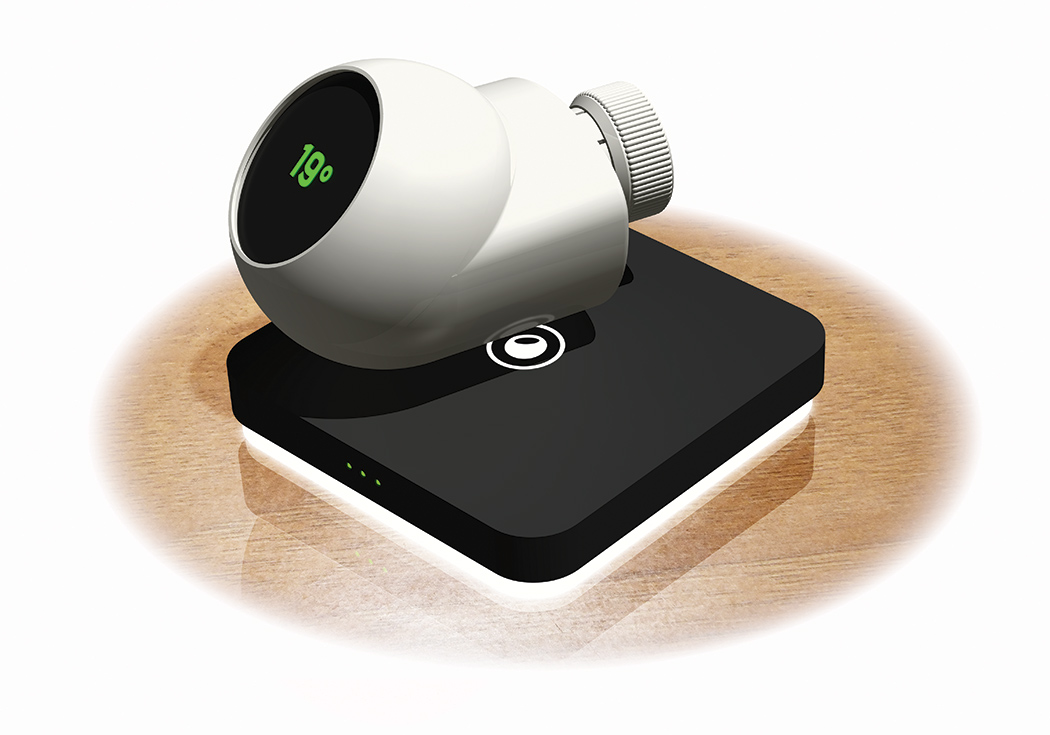
The eCozy smart heating solution is a design-driven, intelligent thermostat that saves up to 30% in annual heating costs easily and conveniently! Designed for water radiators and heaters, the system consists of: eCozy thermostats, an eCozy smartphone application (for iOS and Android) and the eCozy central unit. Features include control of temperature, analytics and automation, connectivity to home area networks, response to utility pricing signals (for example, the time-of-use), and access to cloud-based services. The eCozy stands out amongst competitors due to its sleek design, highly intuitive usability and smart technological know-how – in this case, an award-winning heating algorithm! The design also offers a much better user experience by eliminating the pain of setup, calibration and the maintenance of a digital thermostat.
The eCozy central unit works as an access point, so that the entire heating unit can still be controlled with the eCozy application even without Internet access. Depending on environmental and usage factors, eCozy is able to create a mathematical model of the environment from repetitive manual settings, through which the temperature curve with each cycle gets more and more accurate, and as a result, reduces heating cost and increases energy savings. The eCozy learns from the user’s heating preferences and unique home properties, and provides a heating system that perfectly suits its user.
Designer: eCozy
